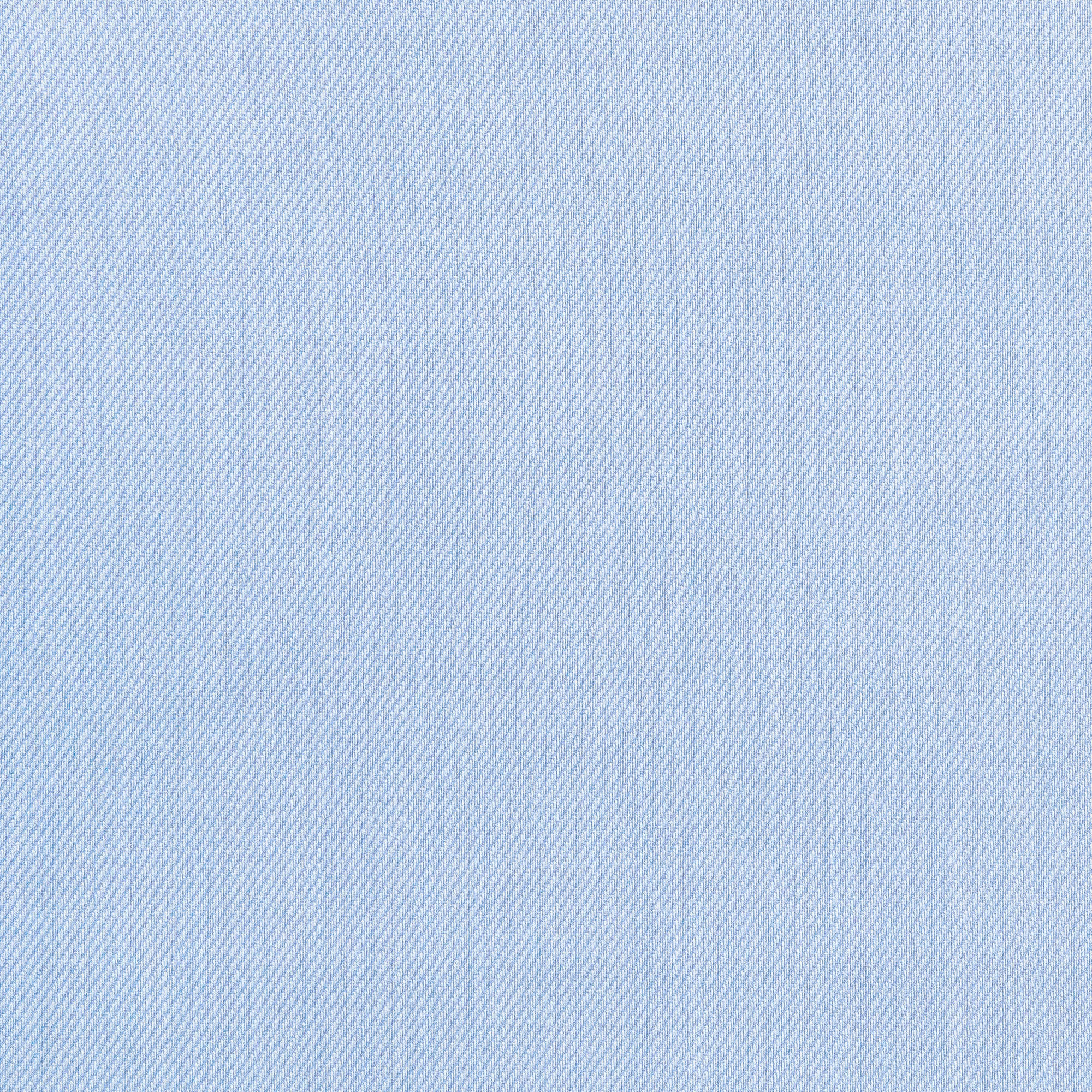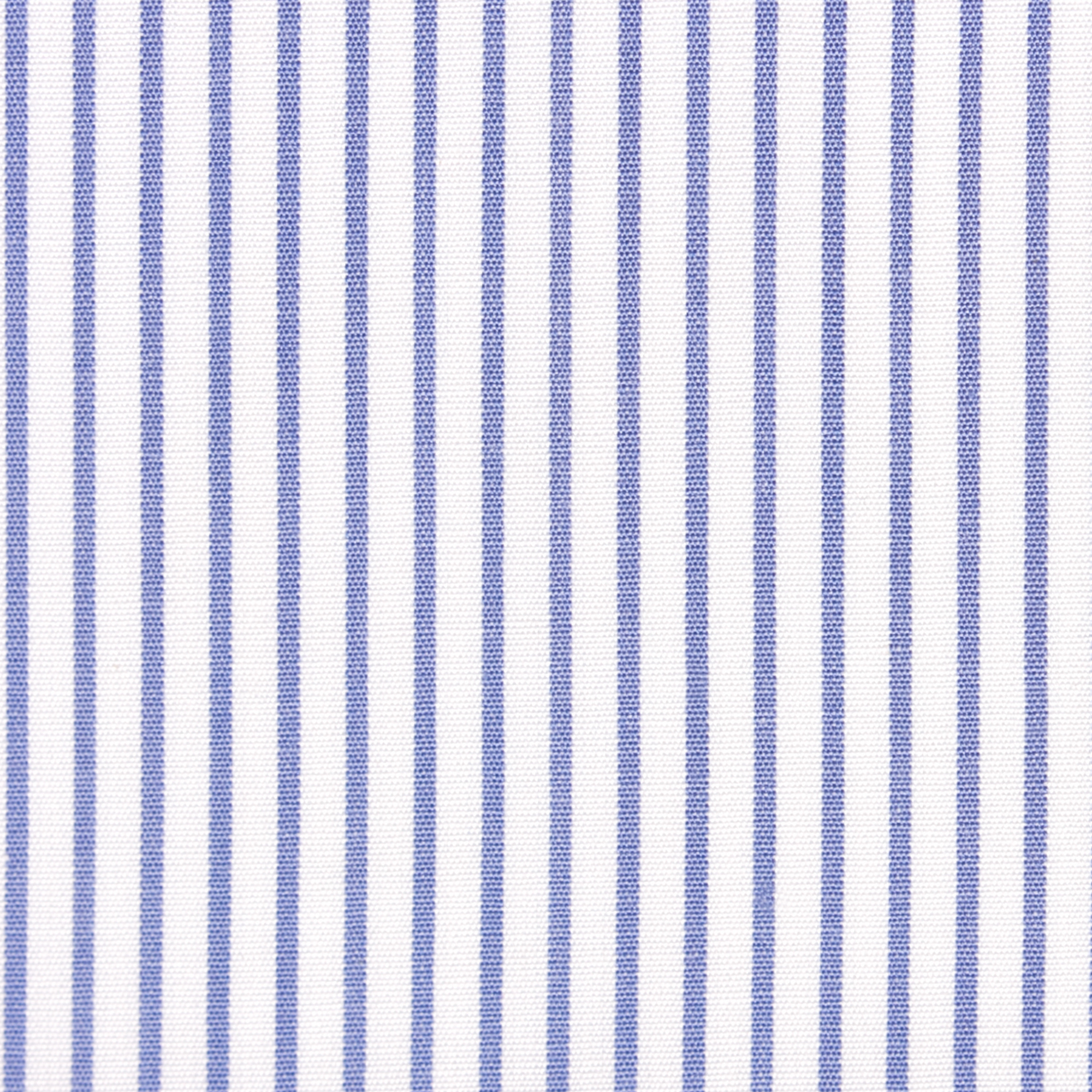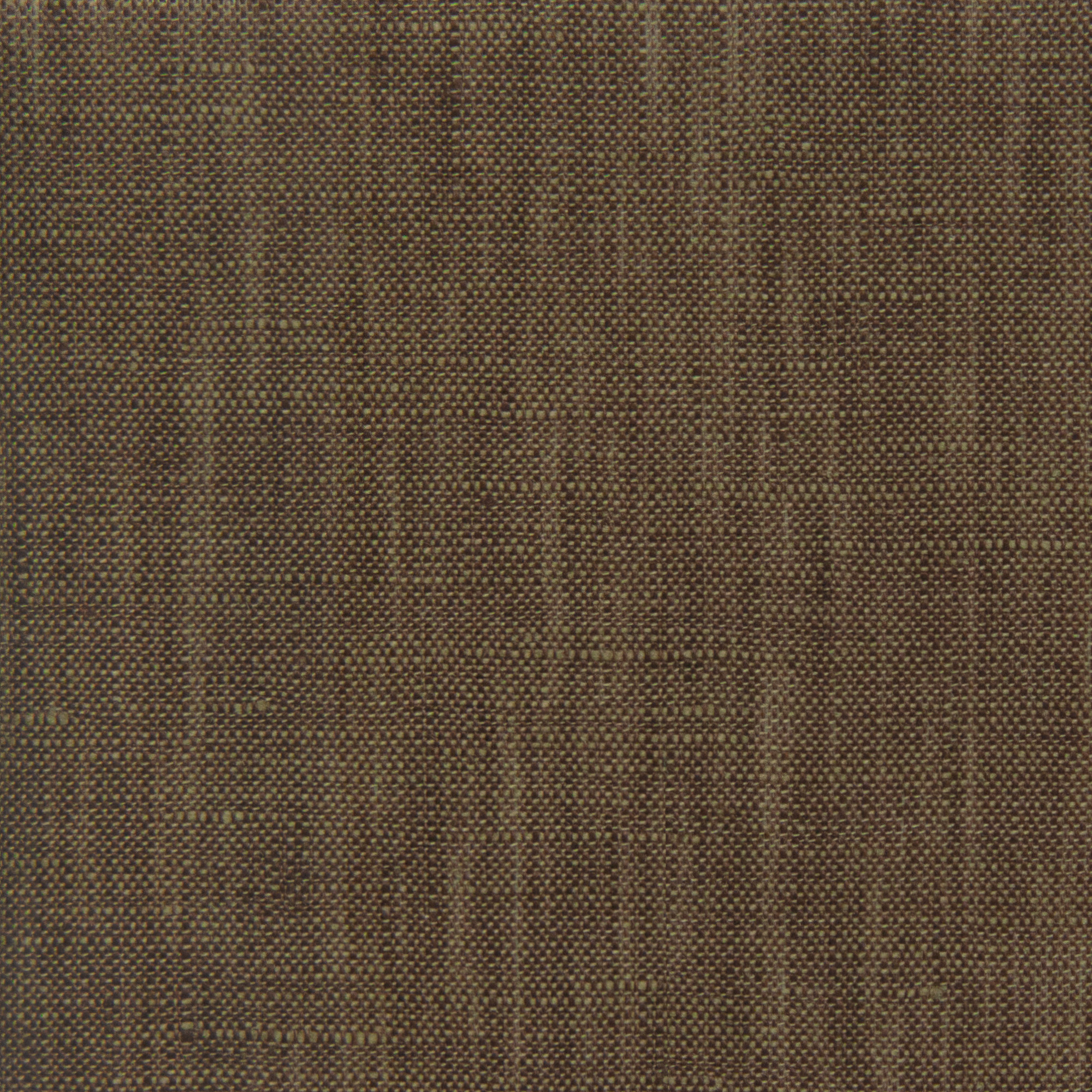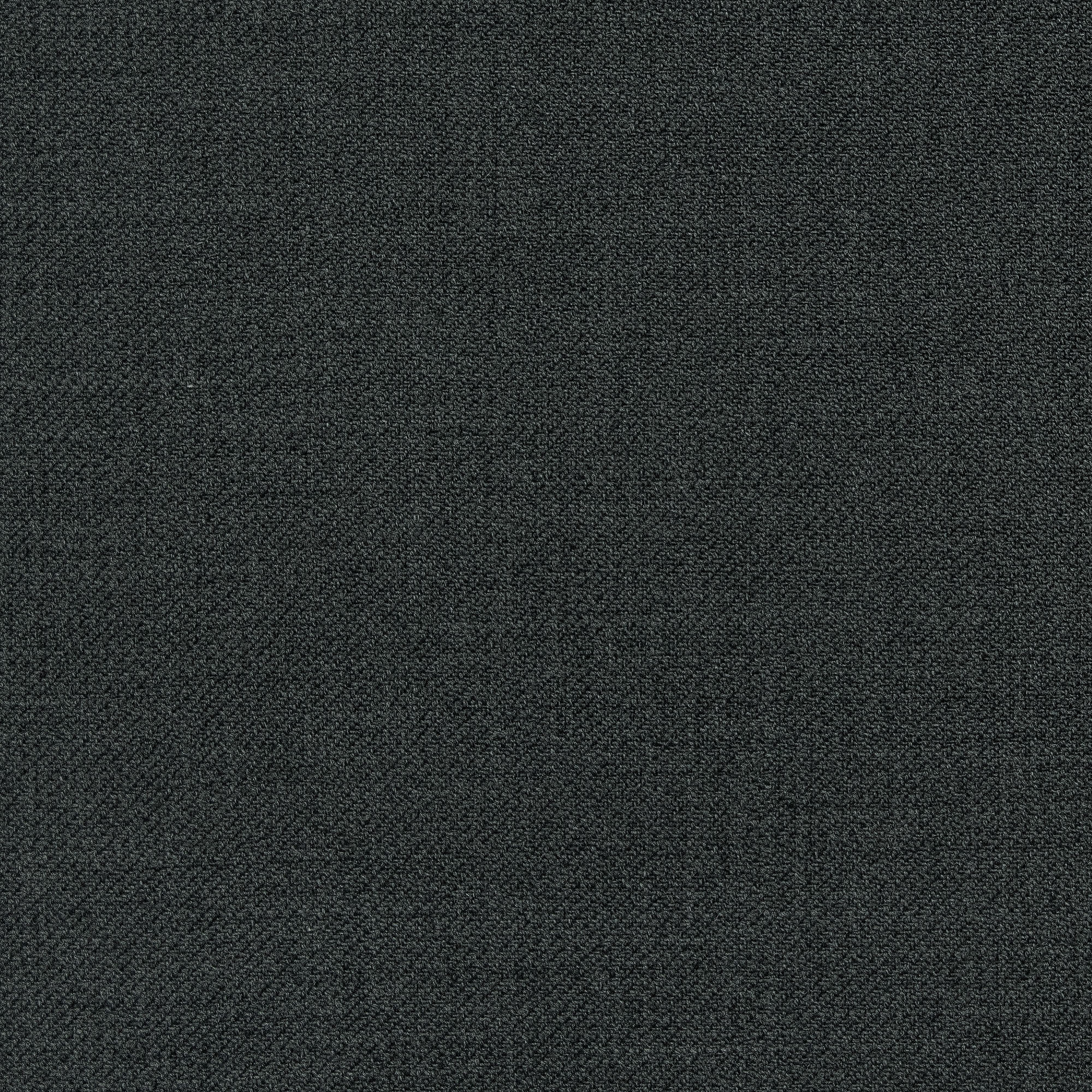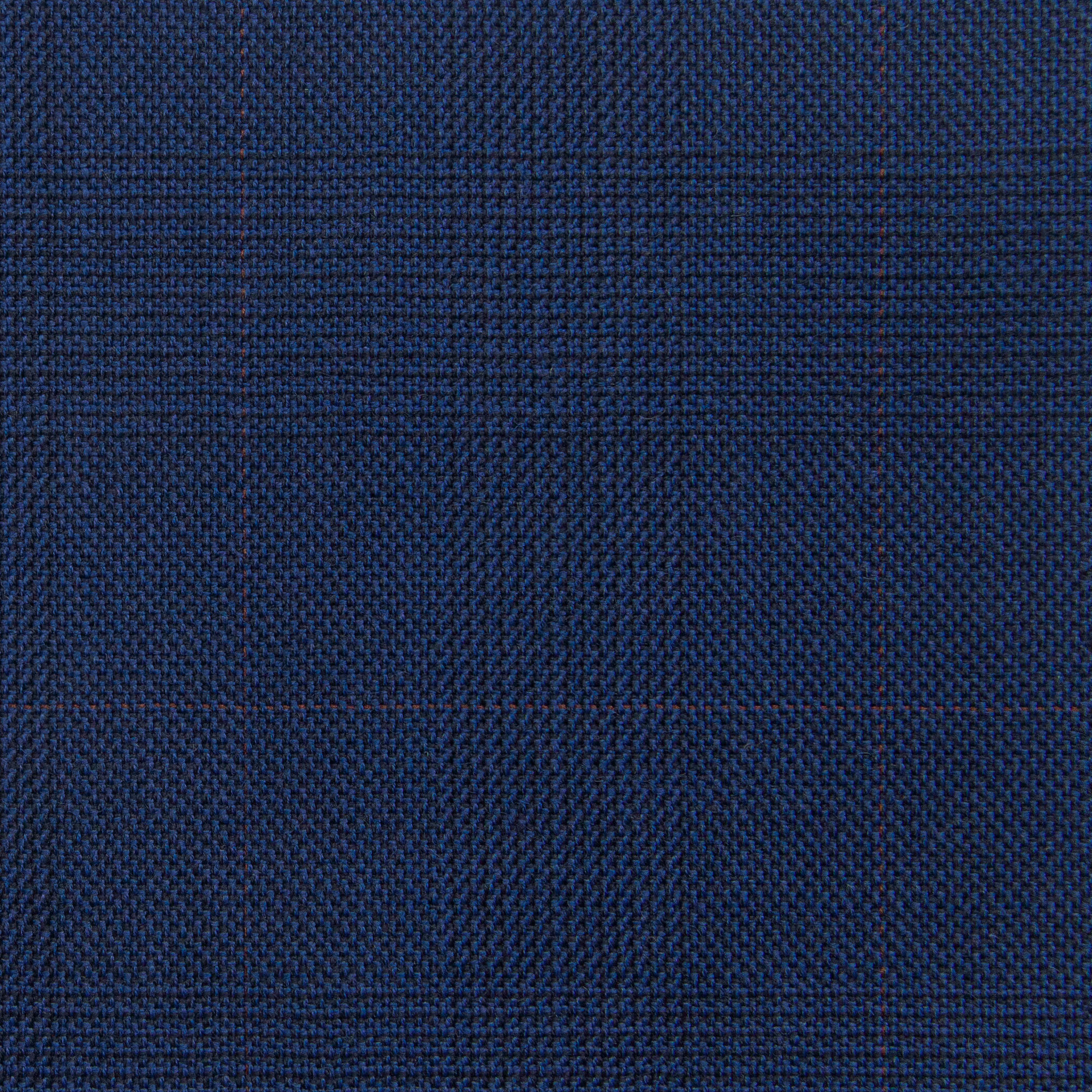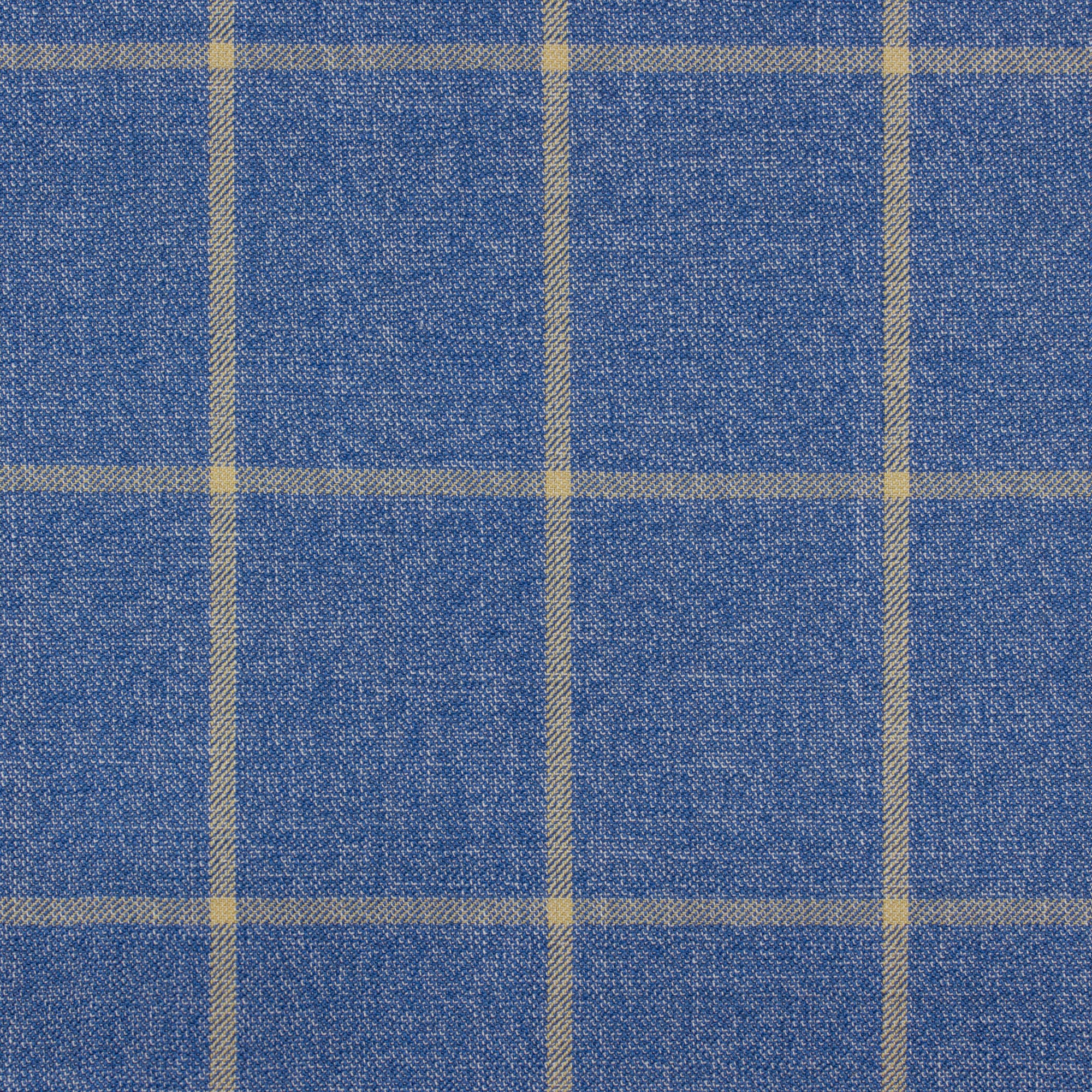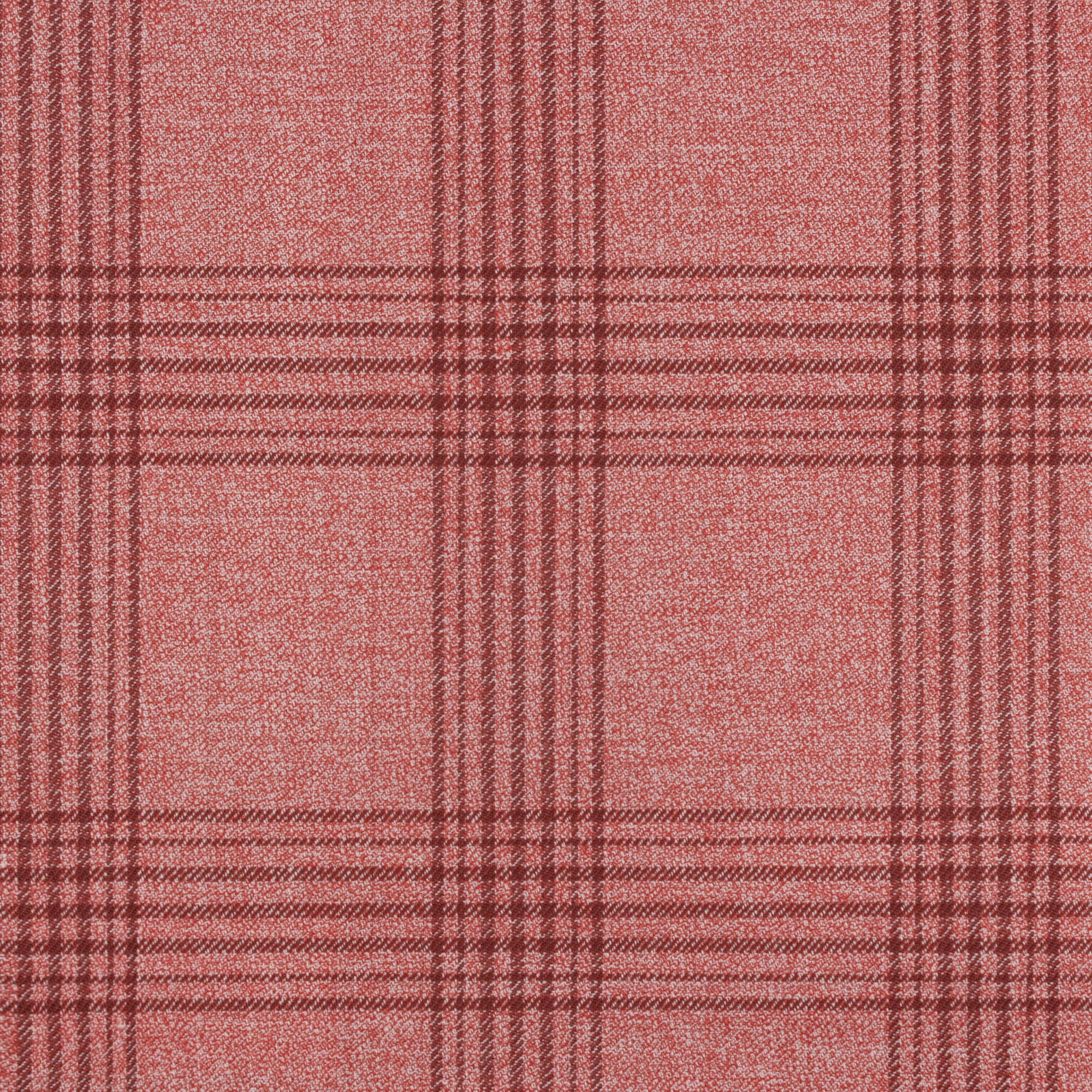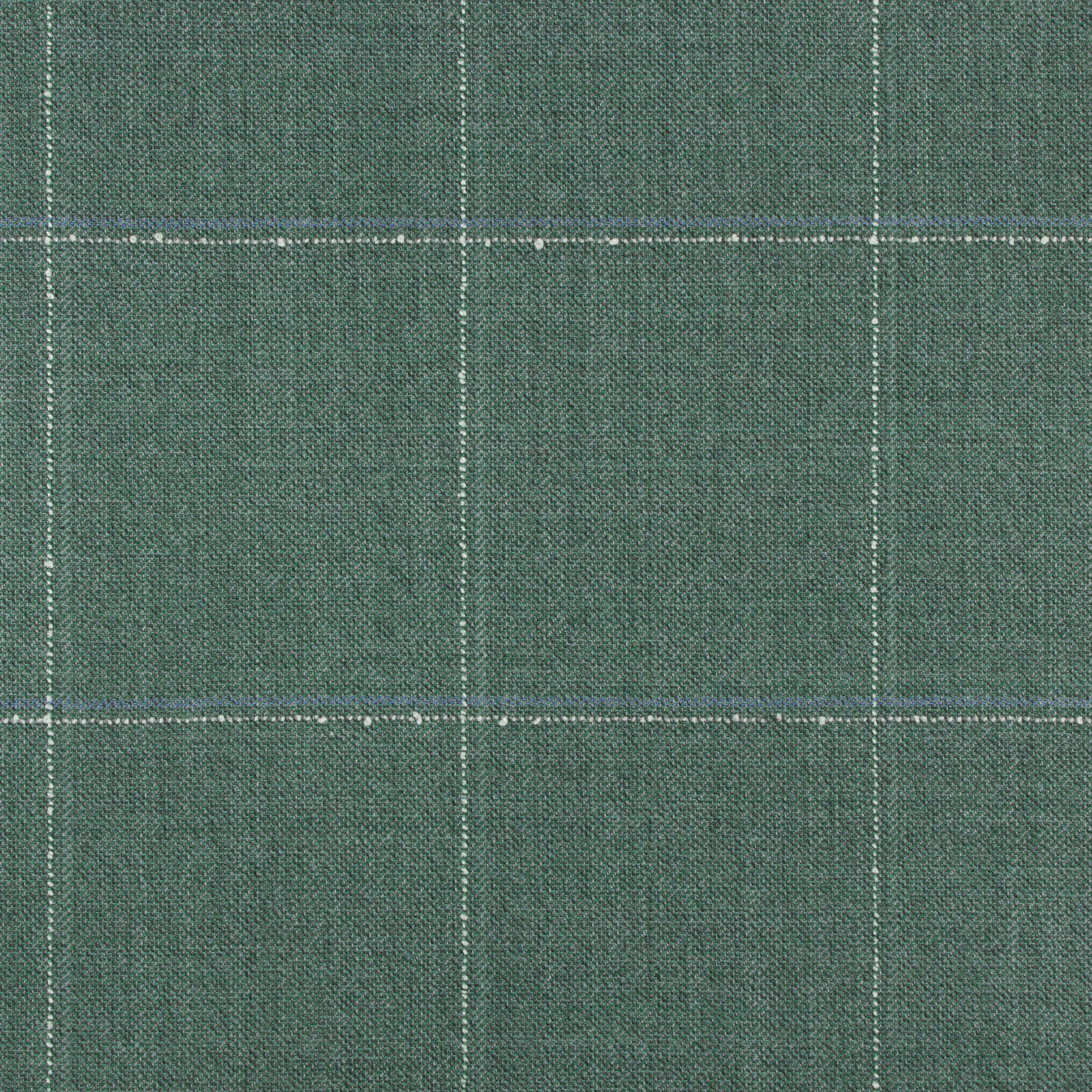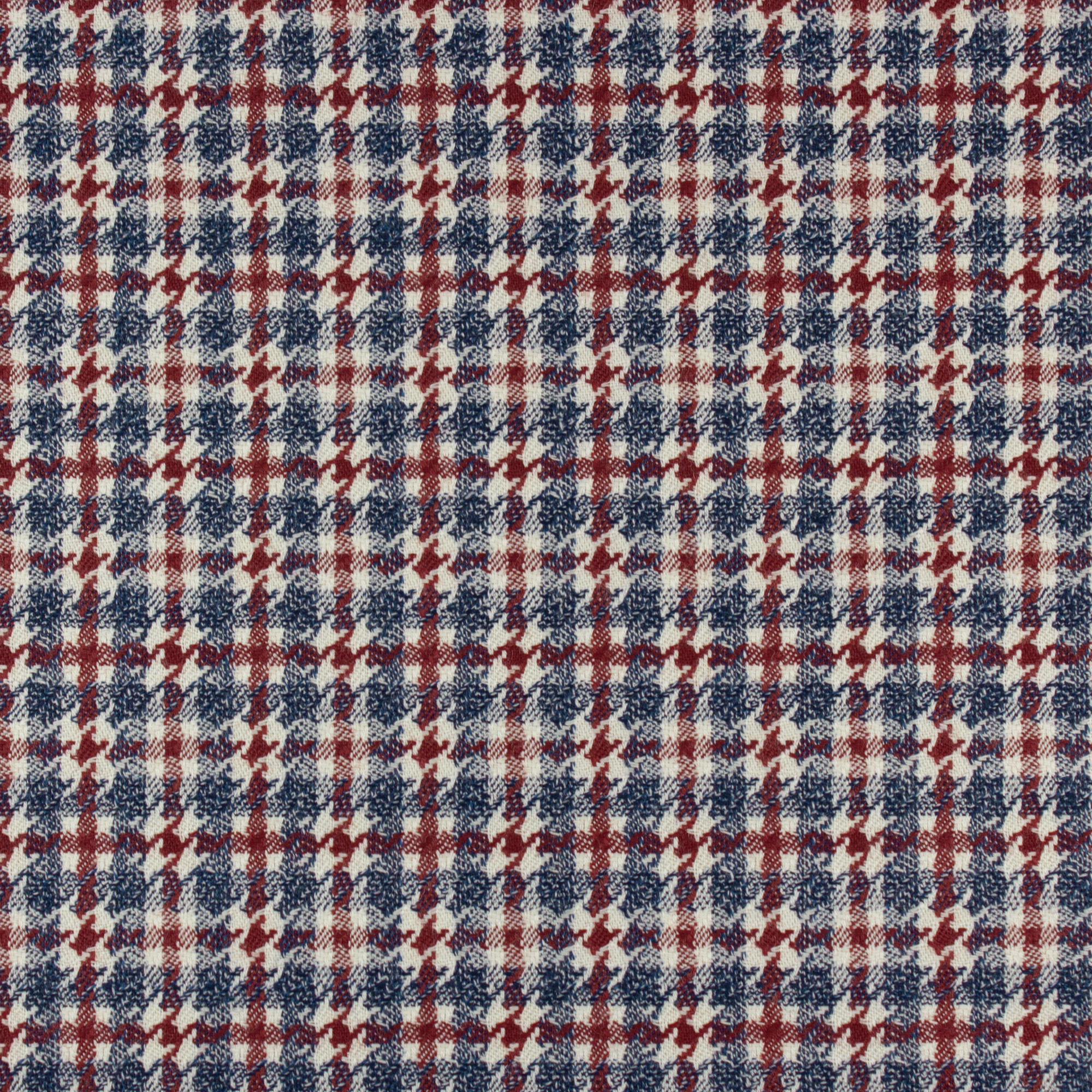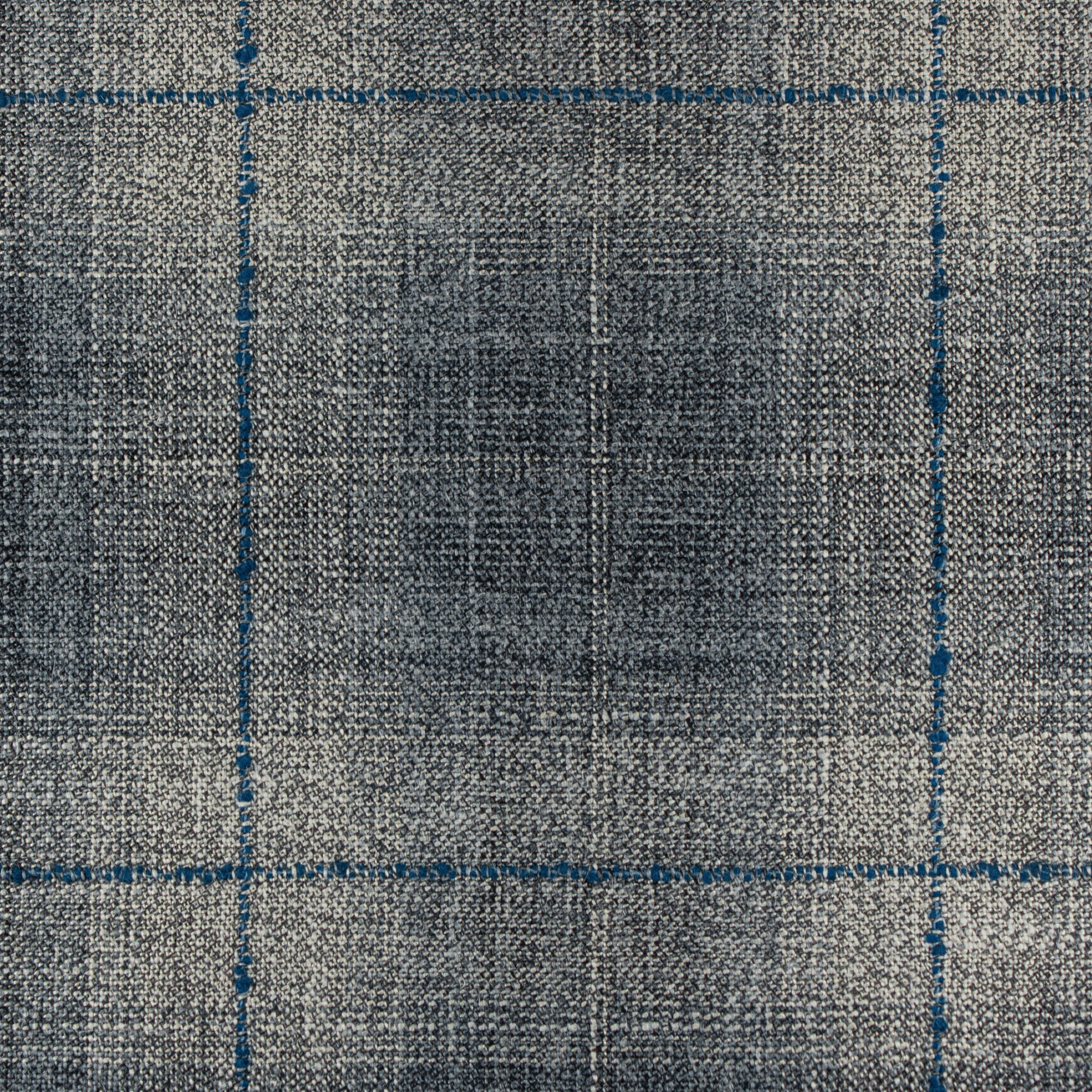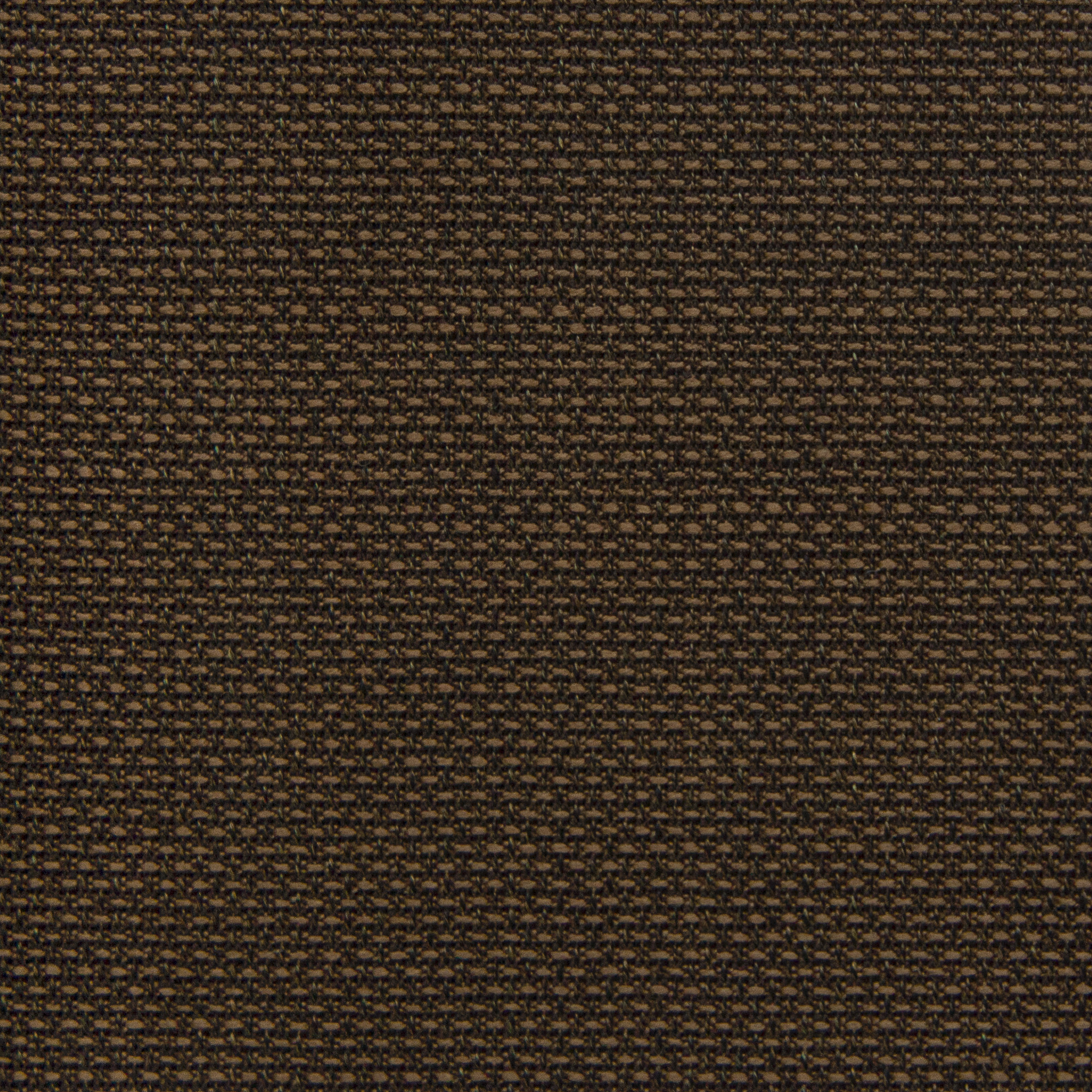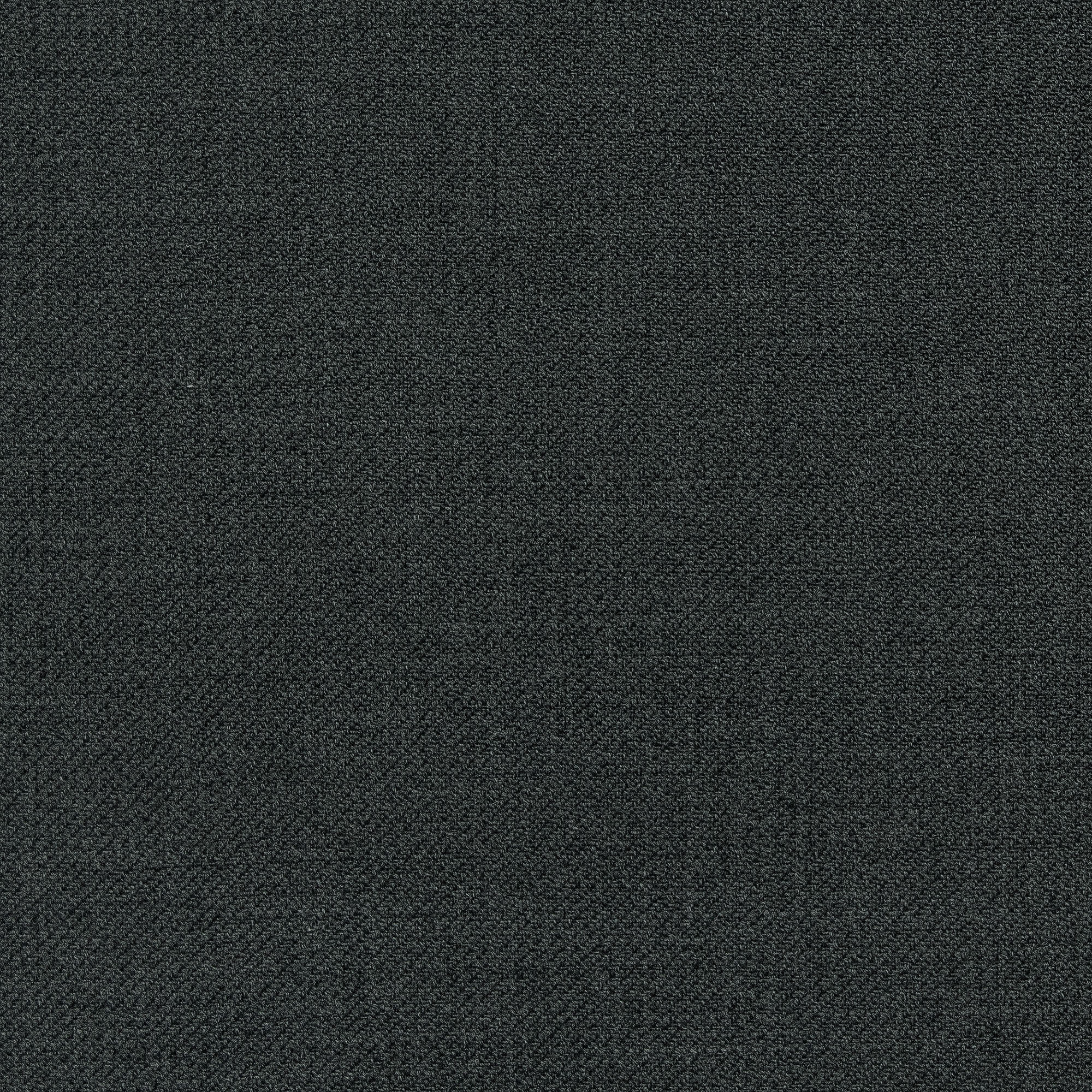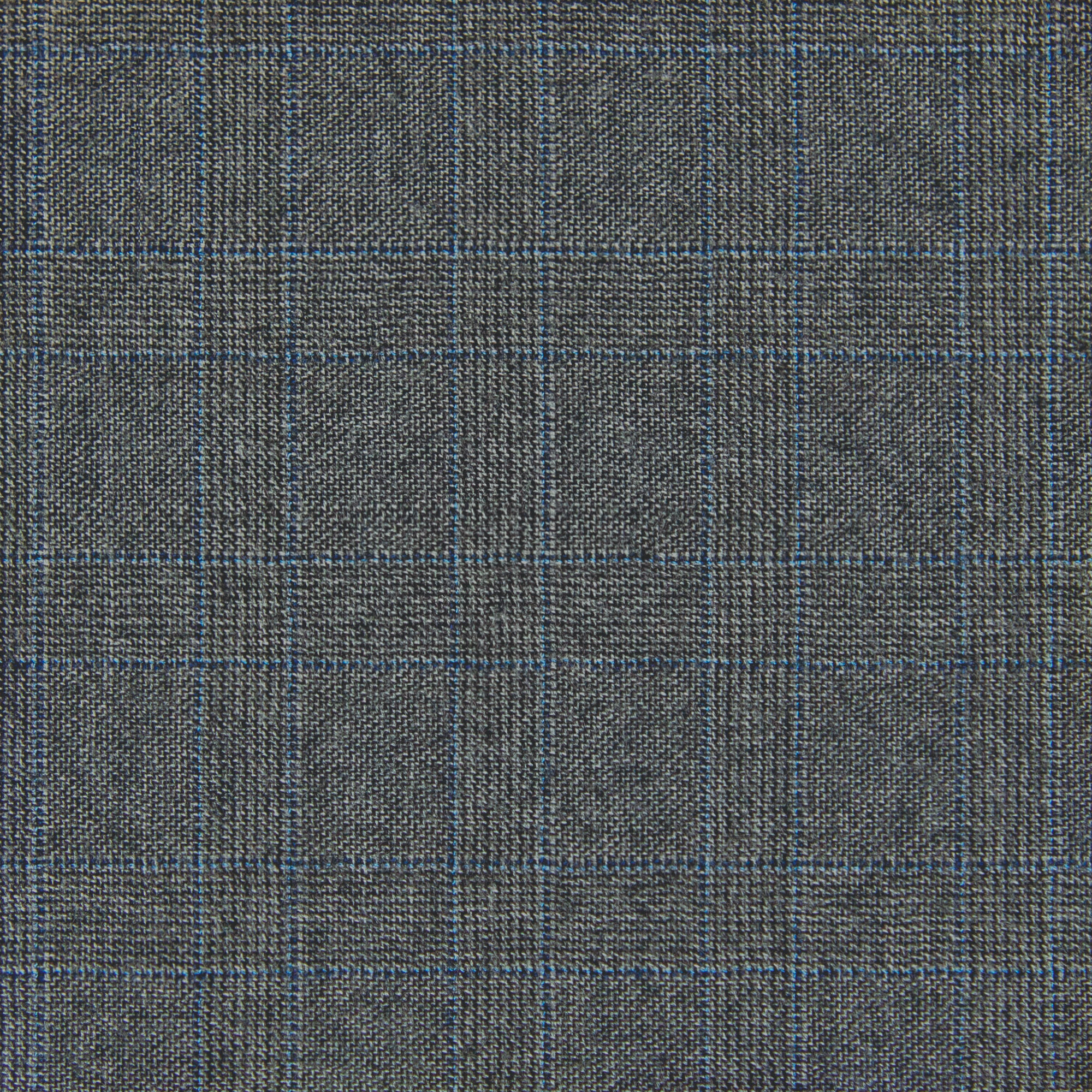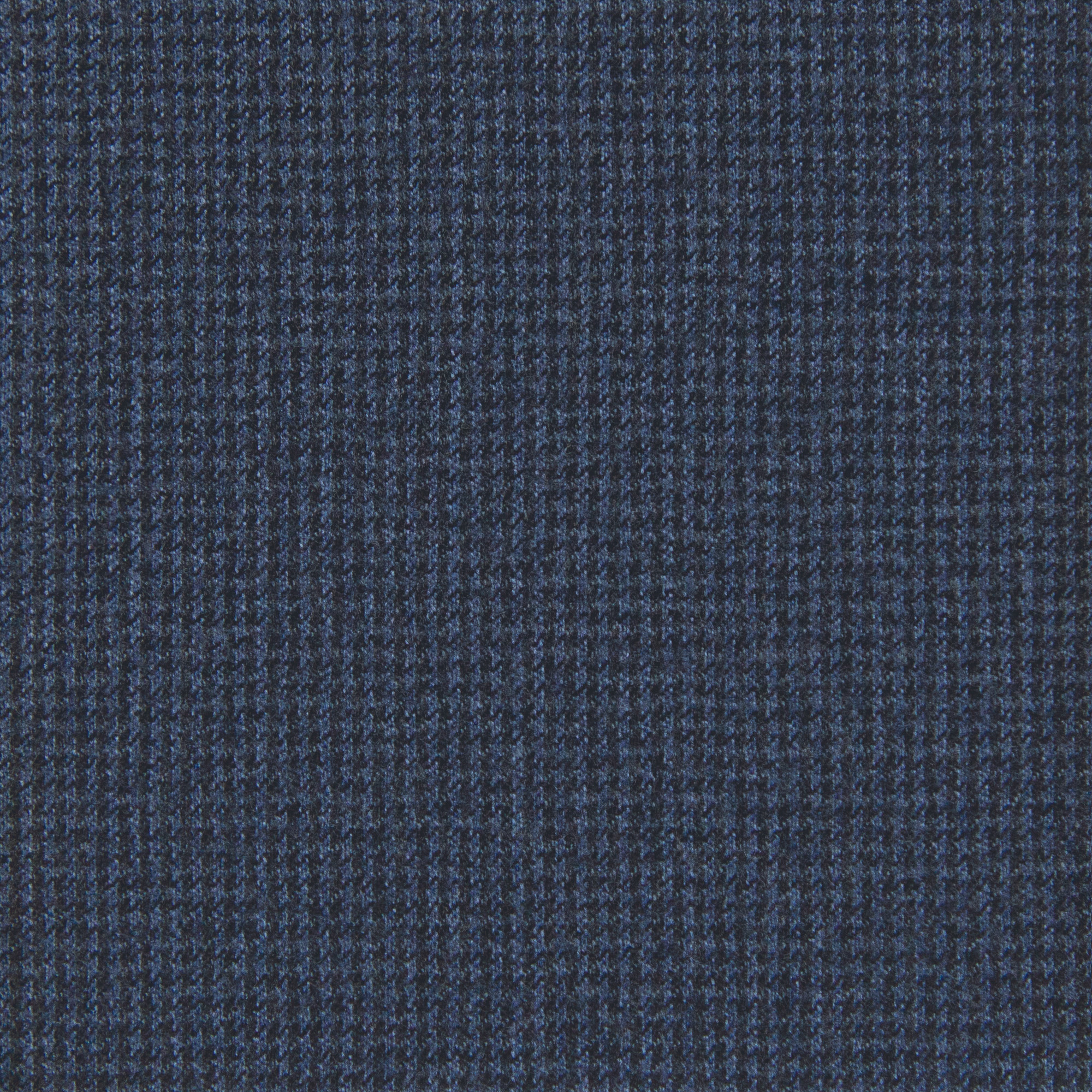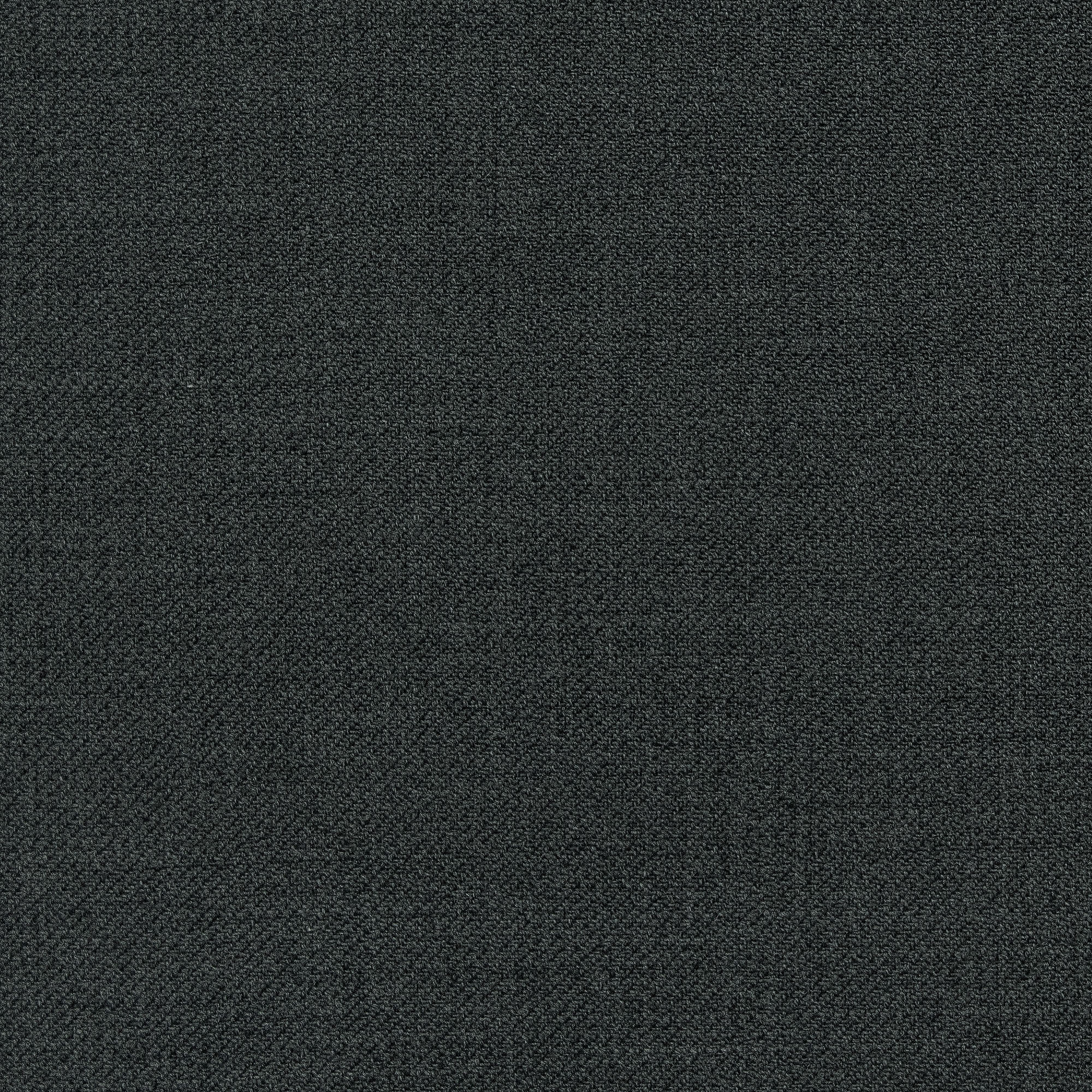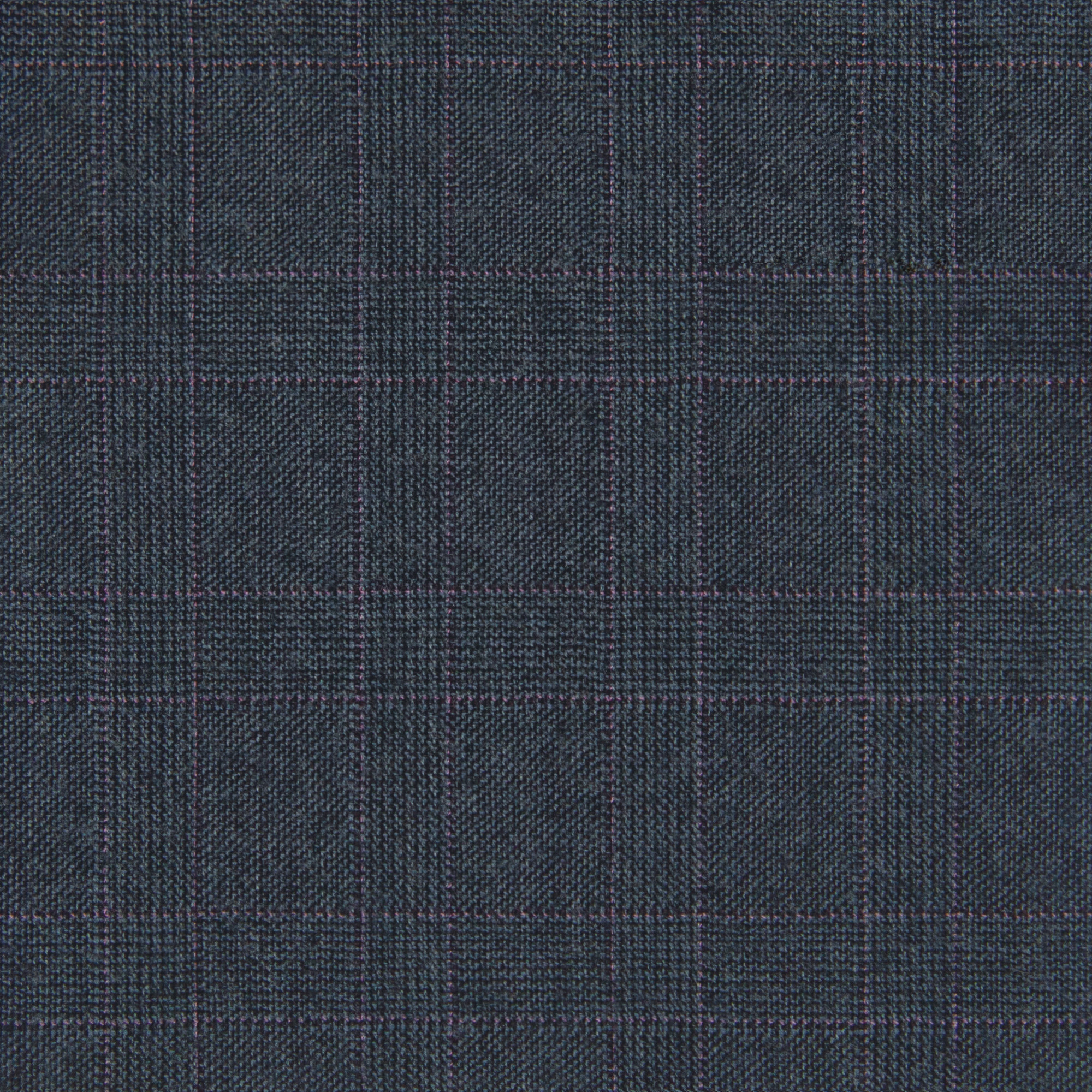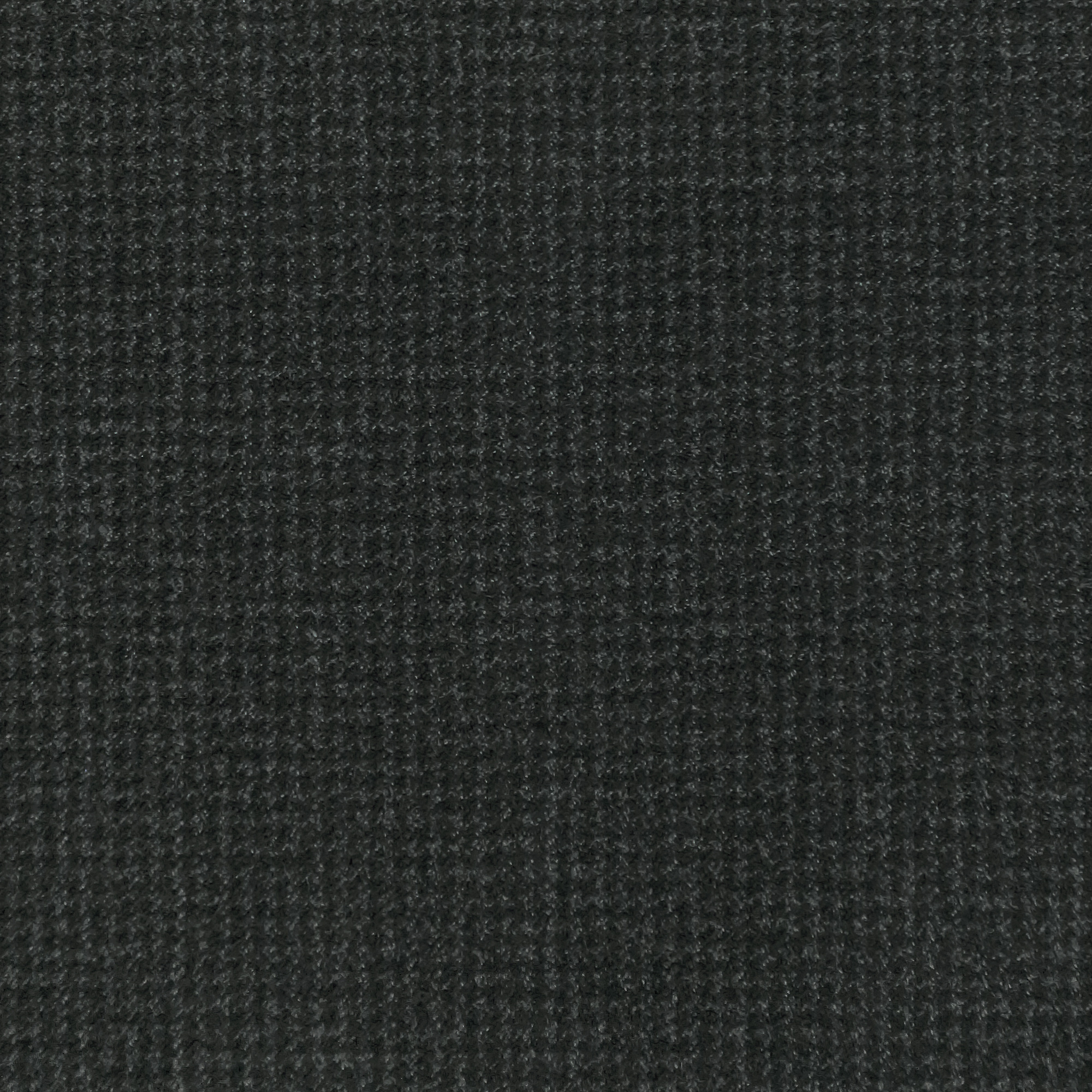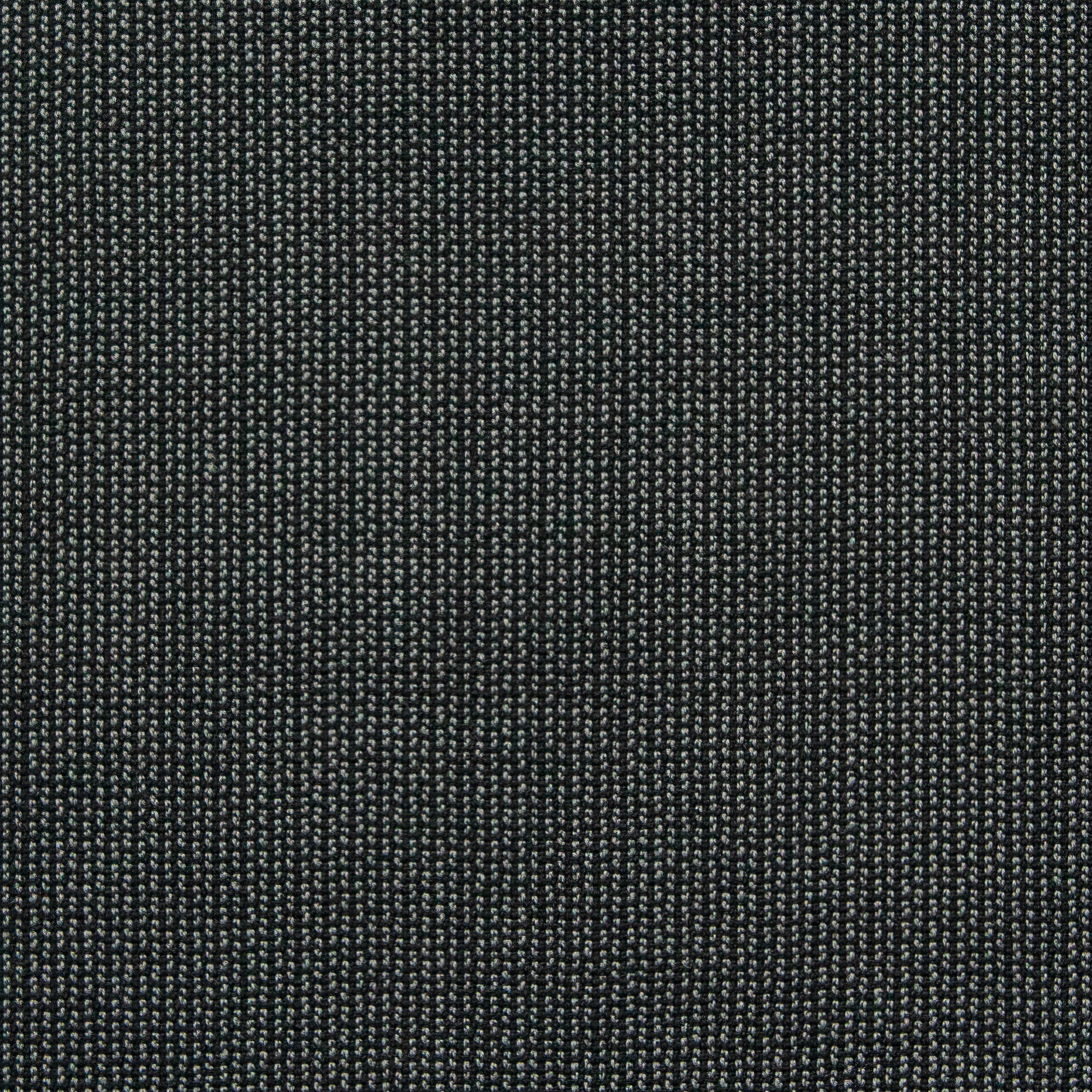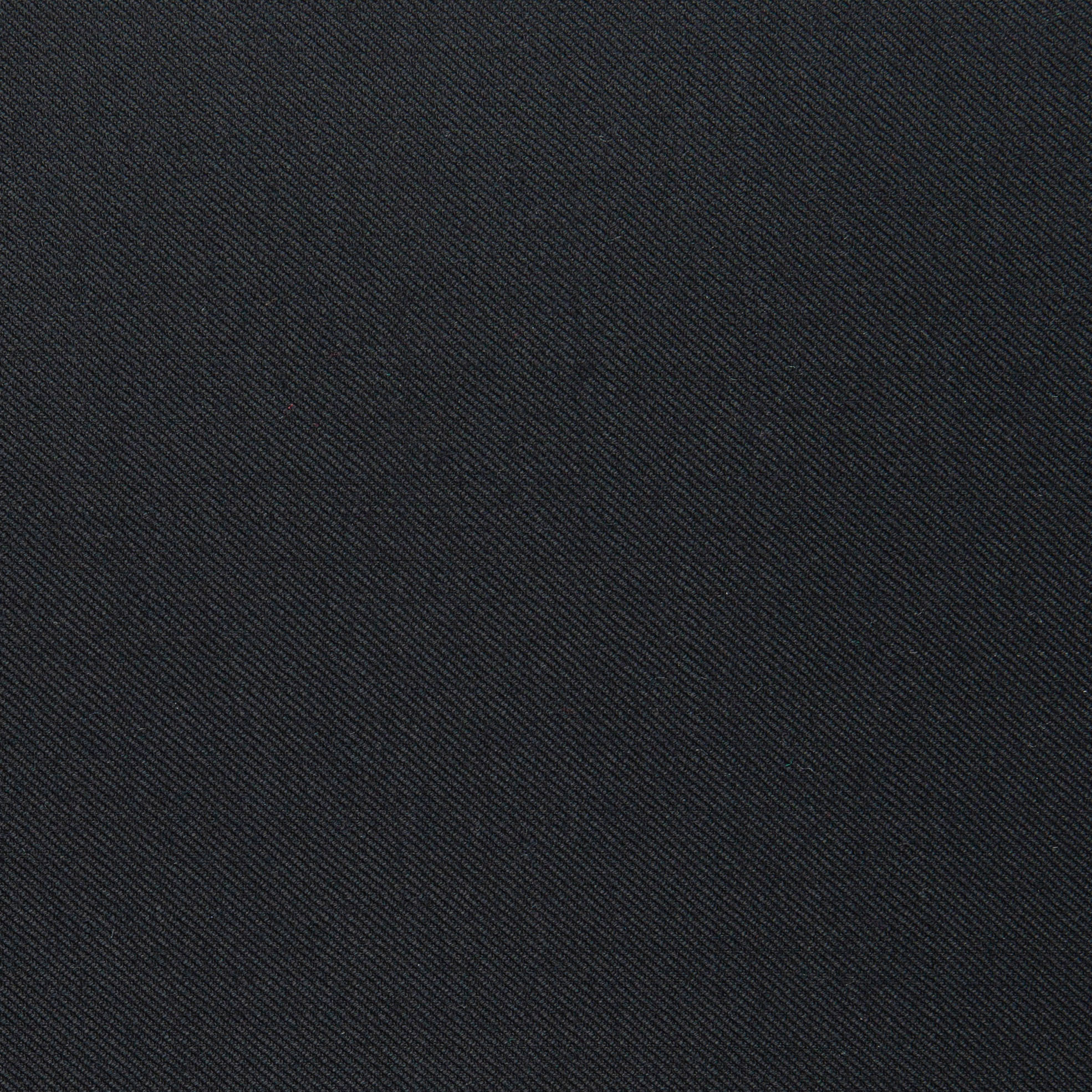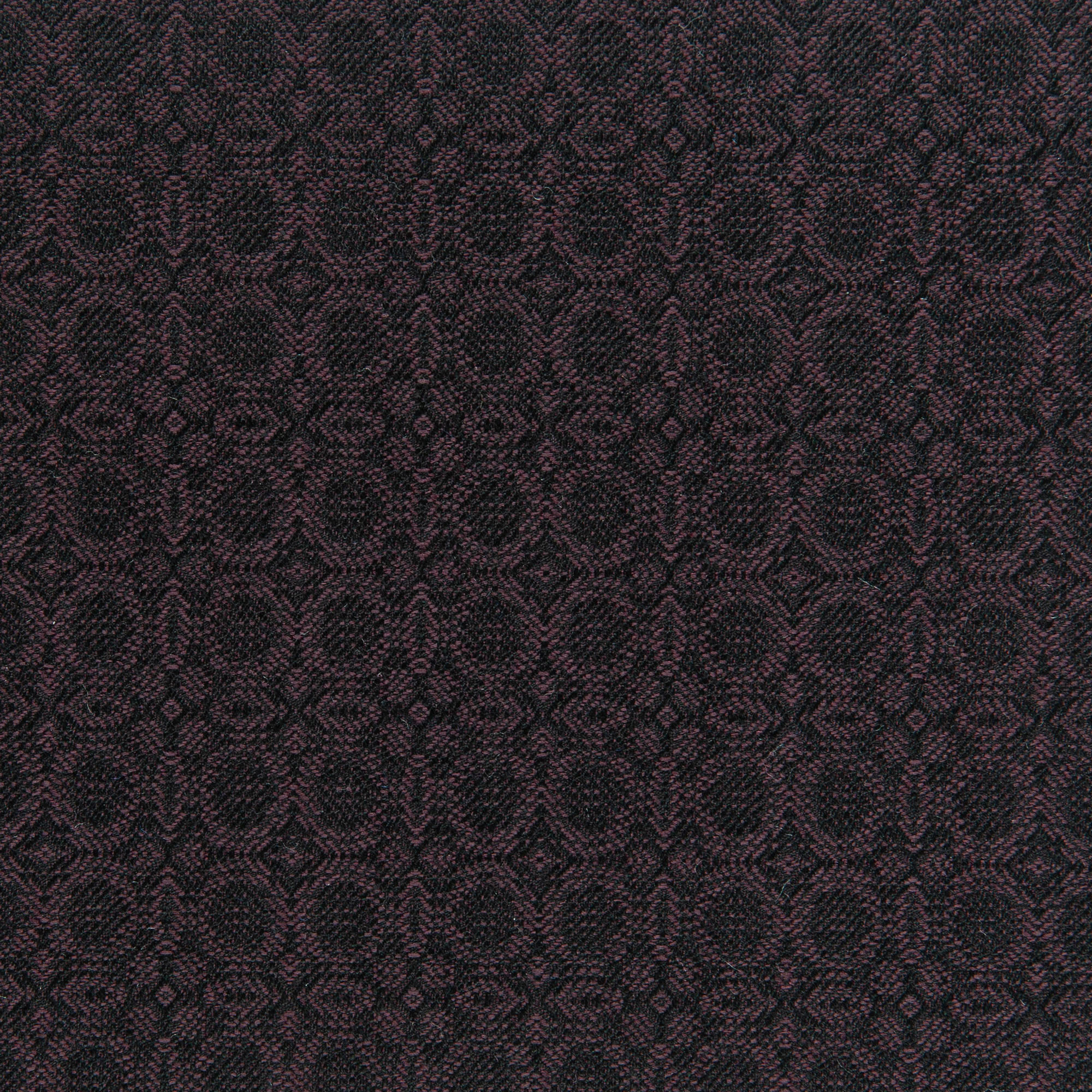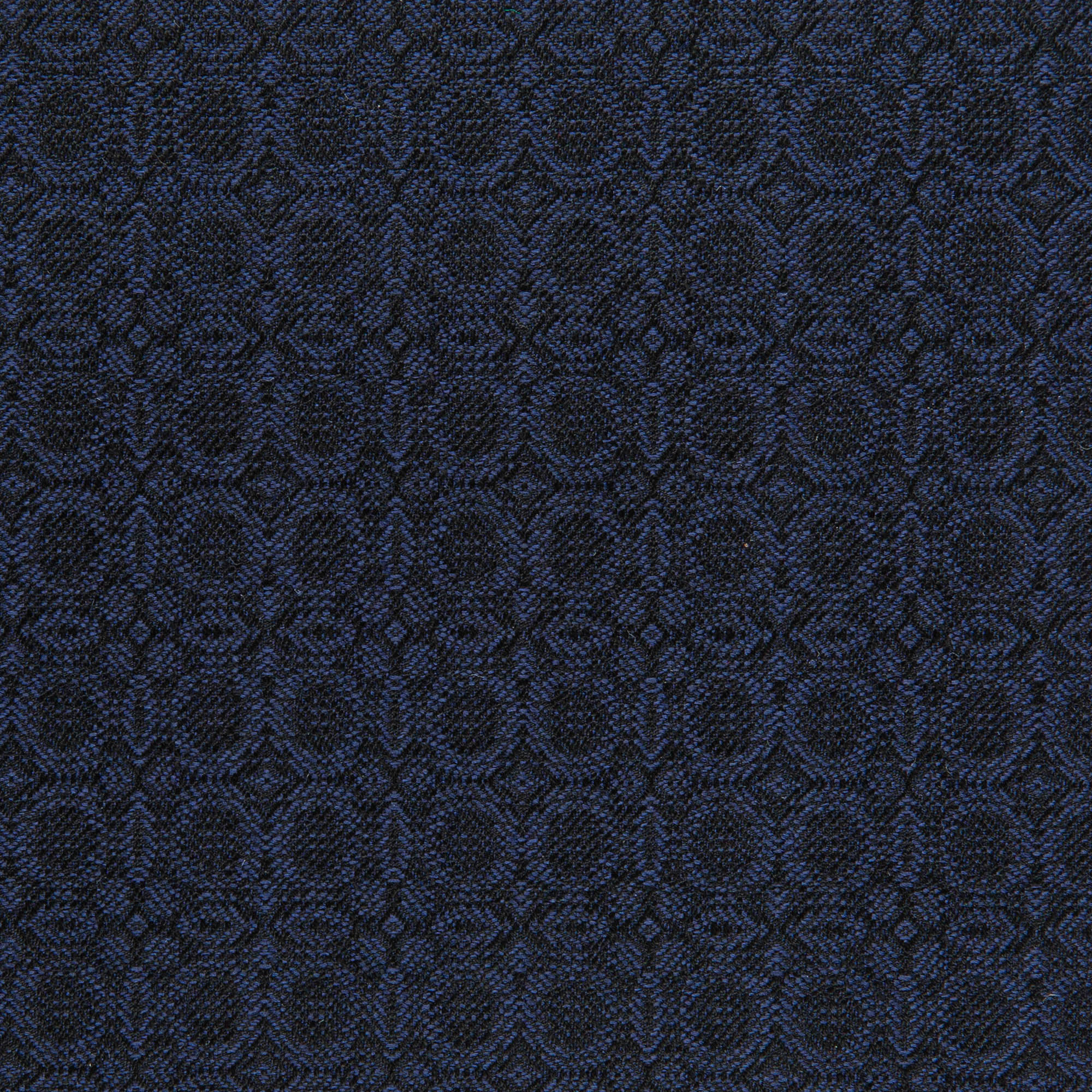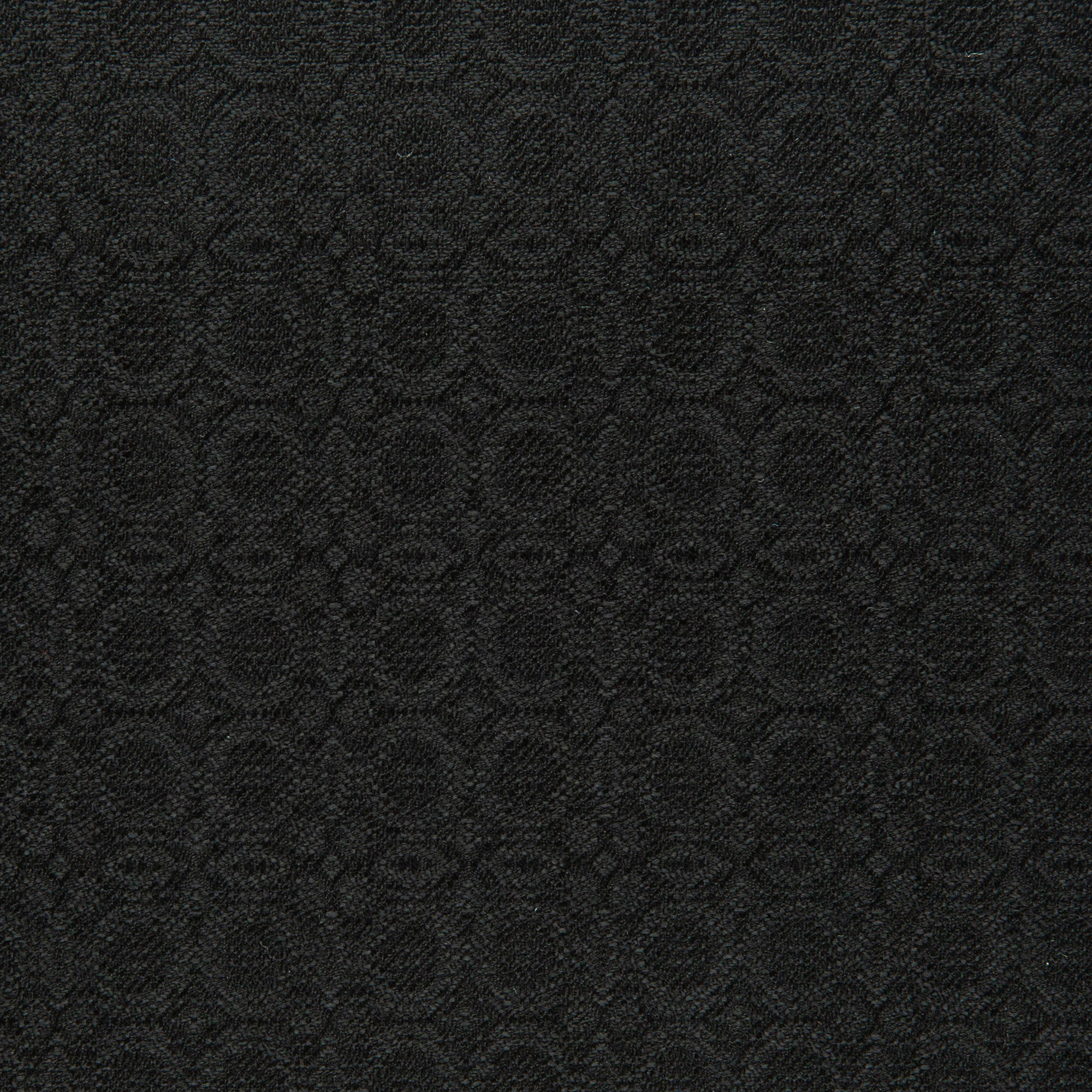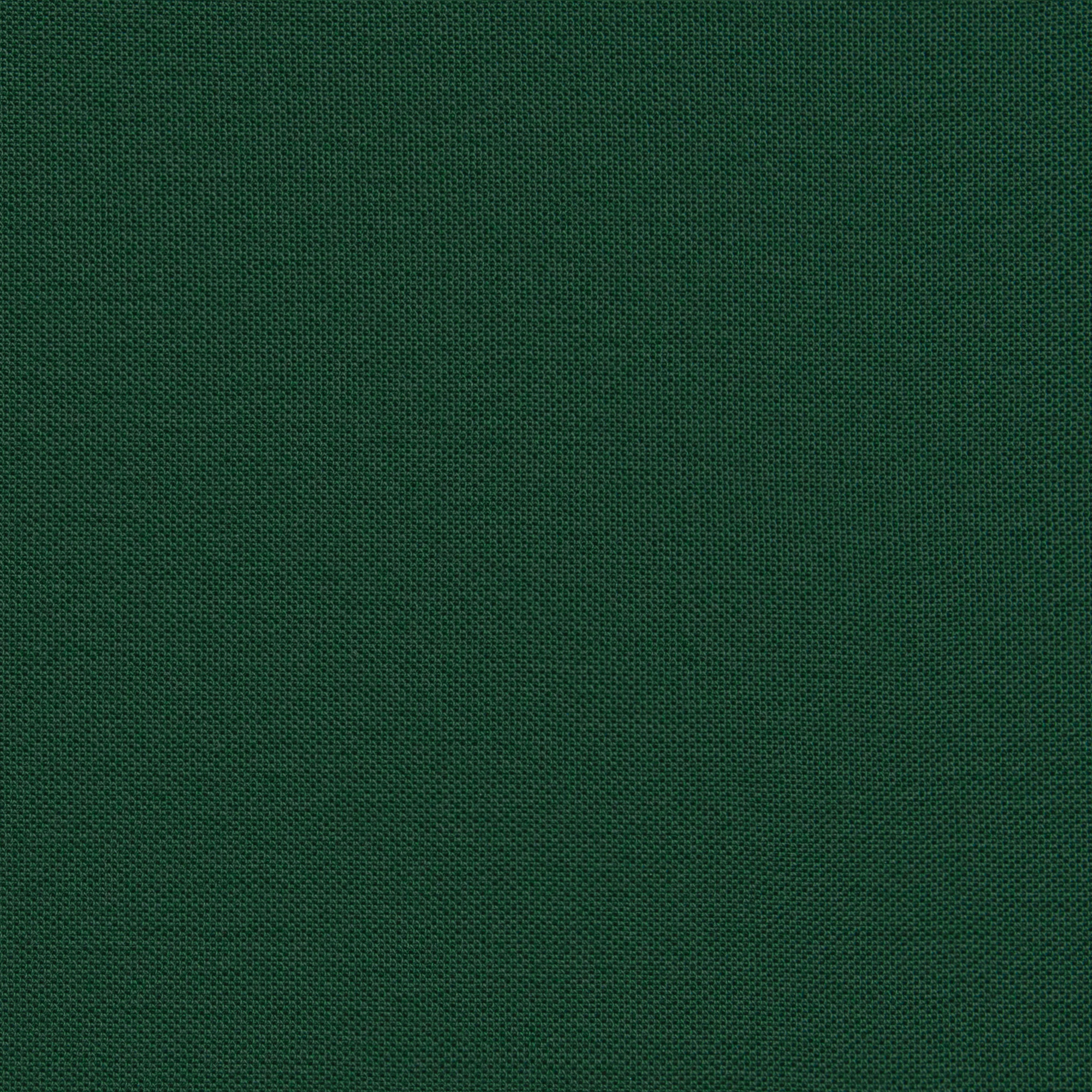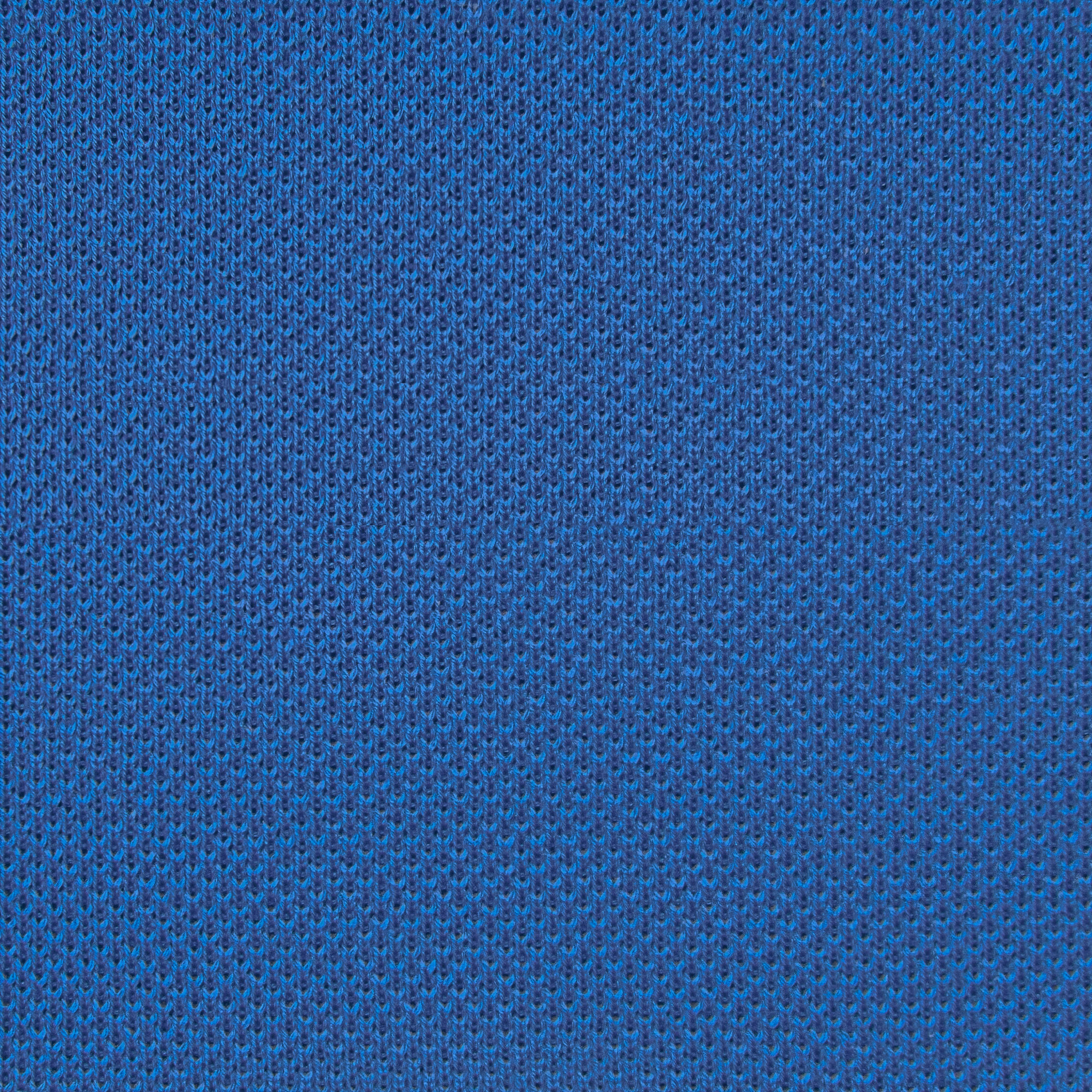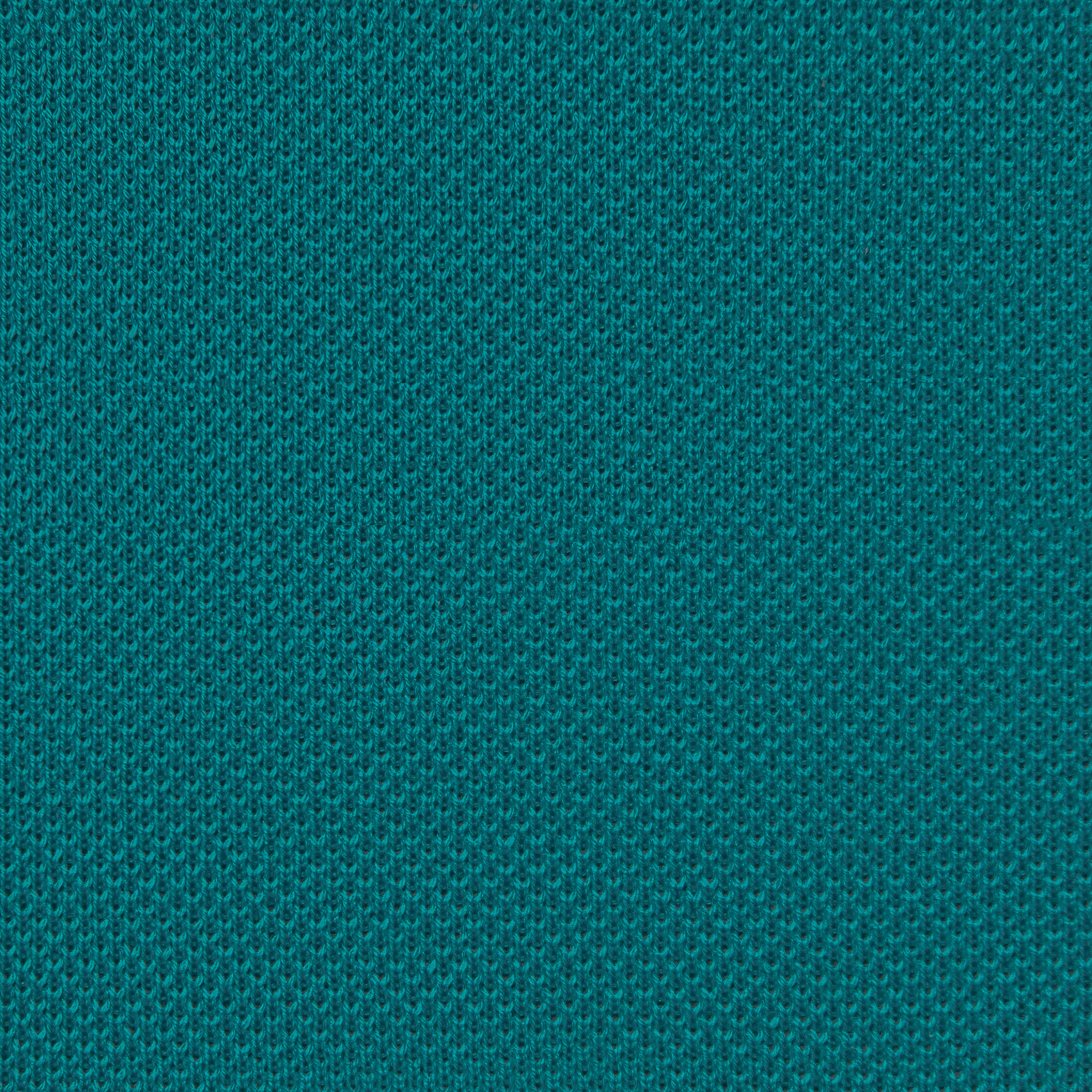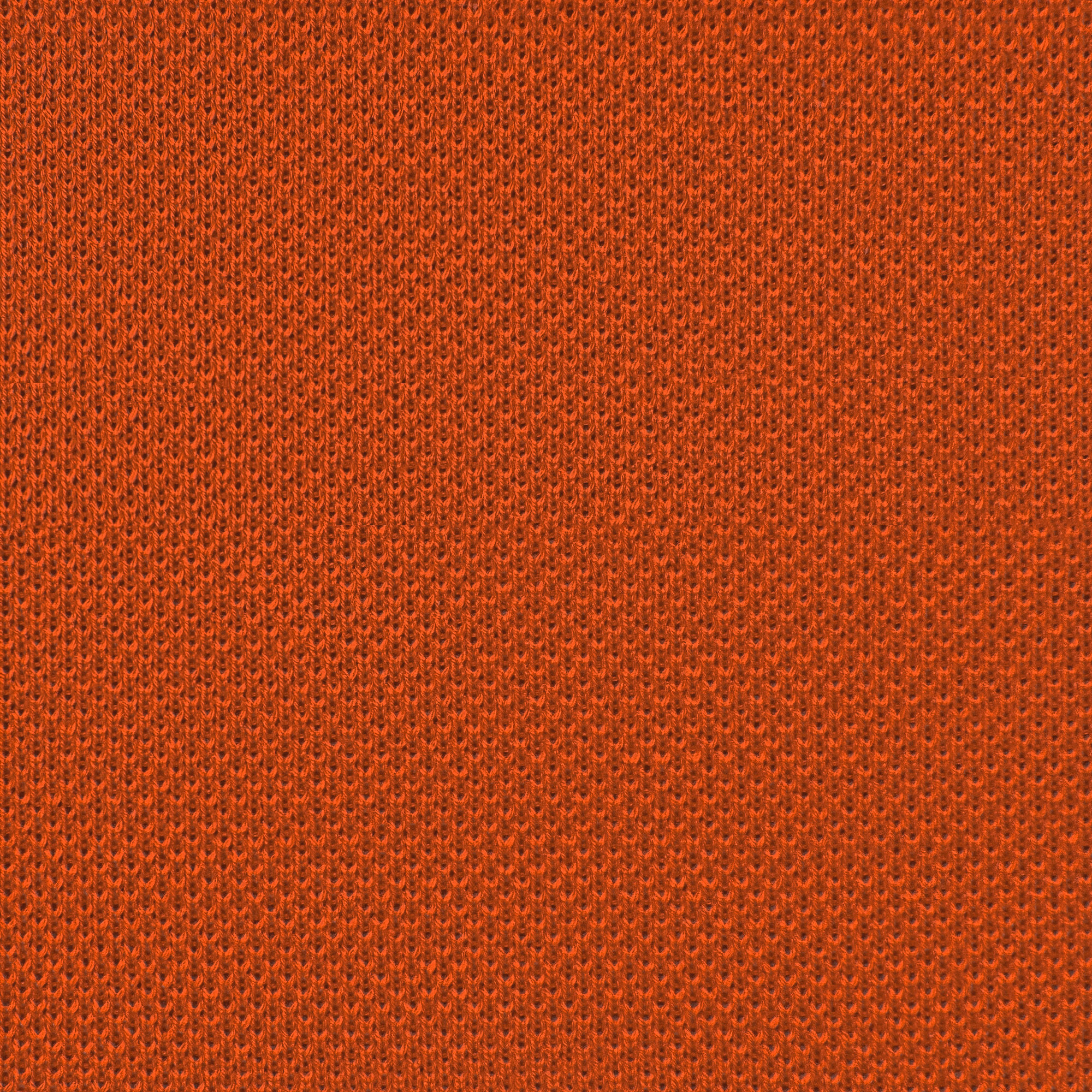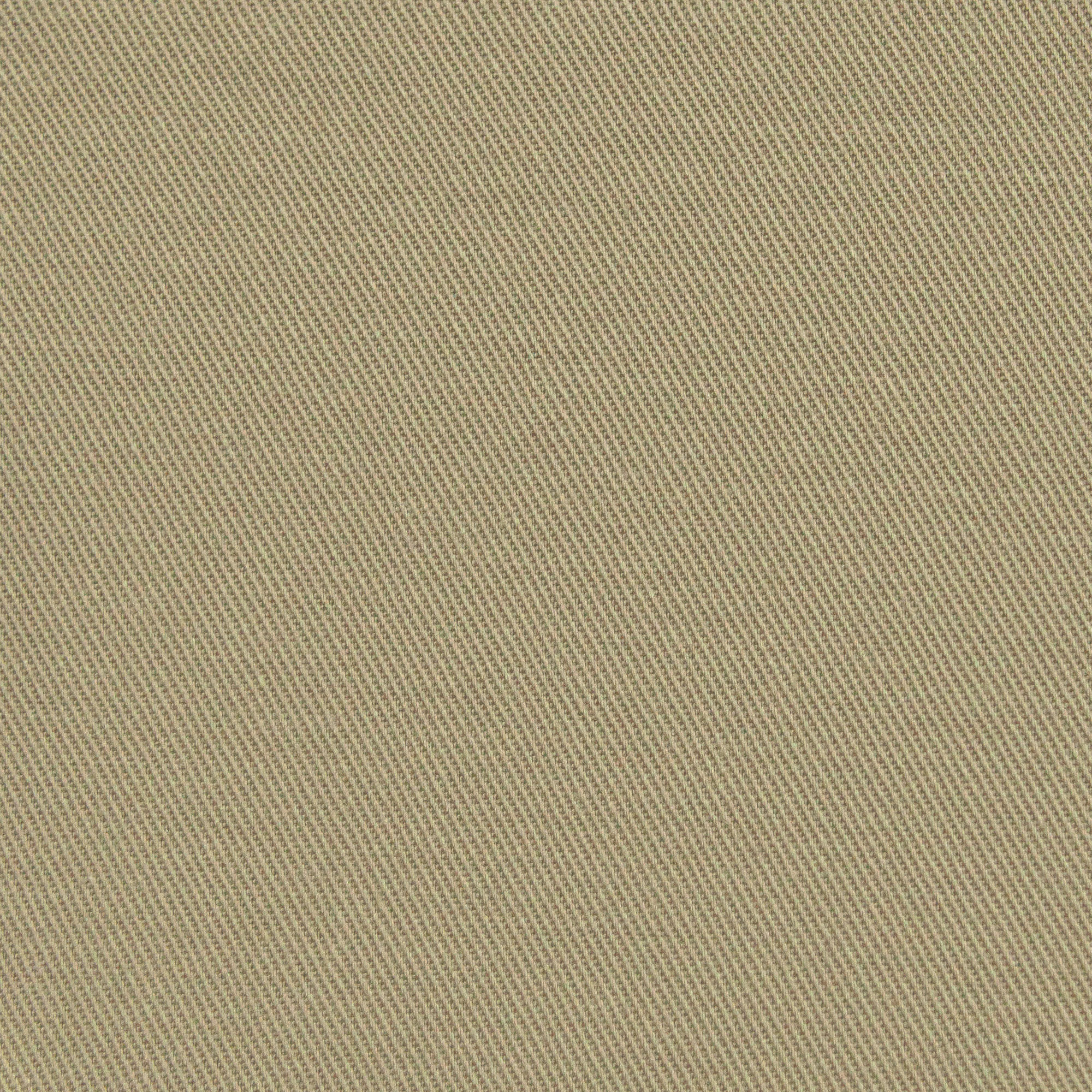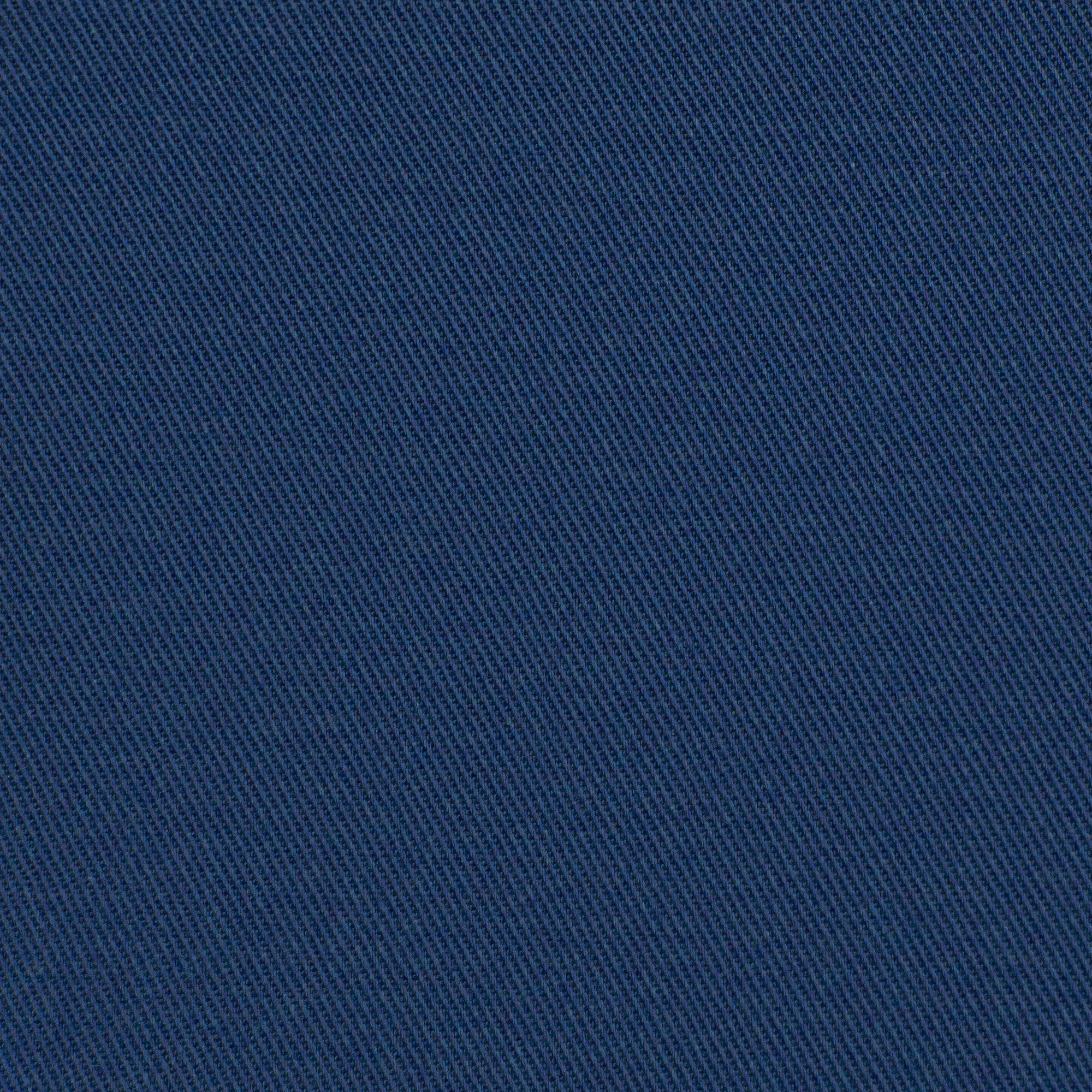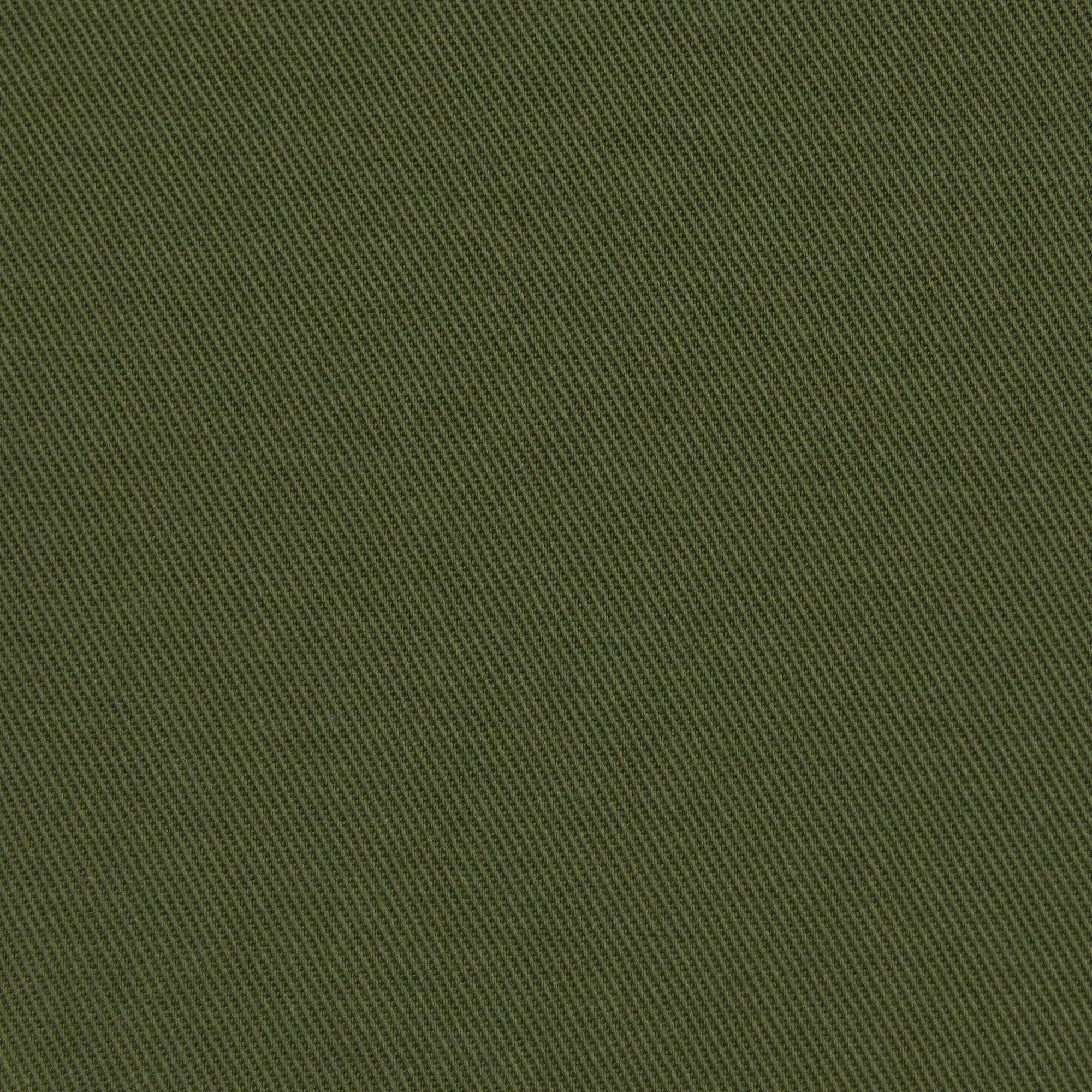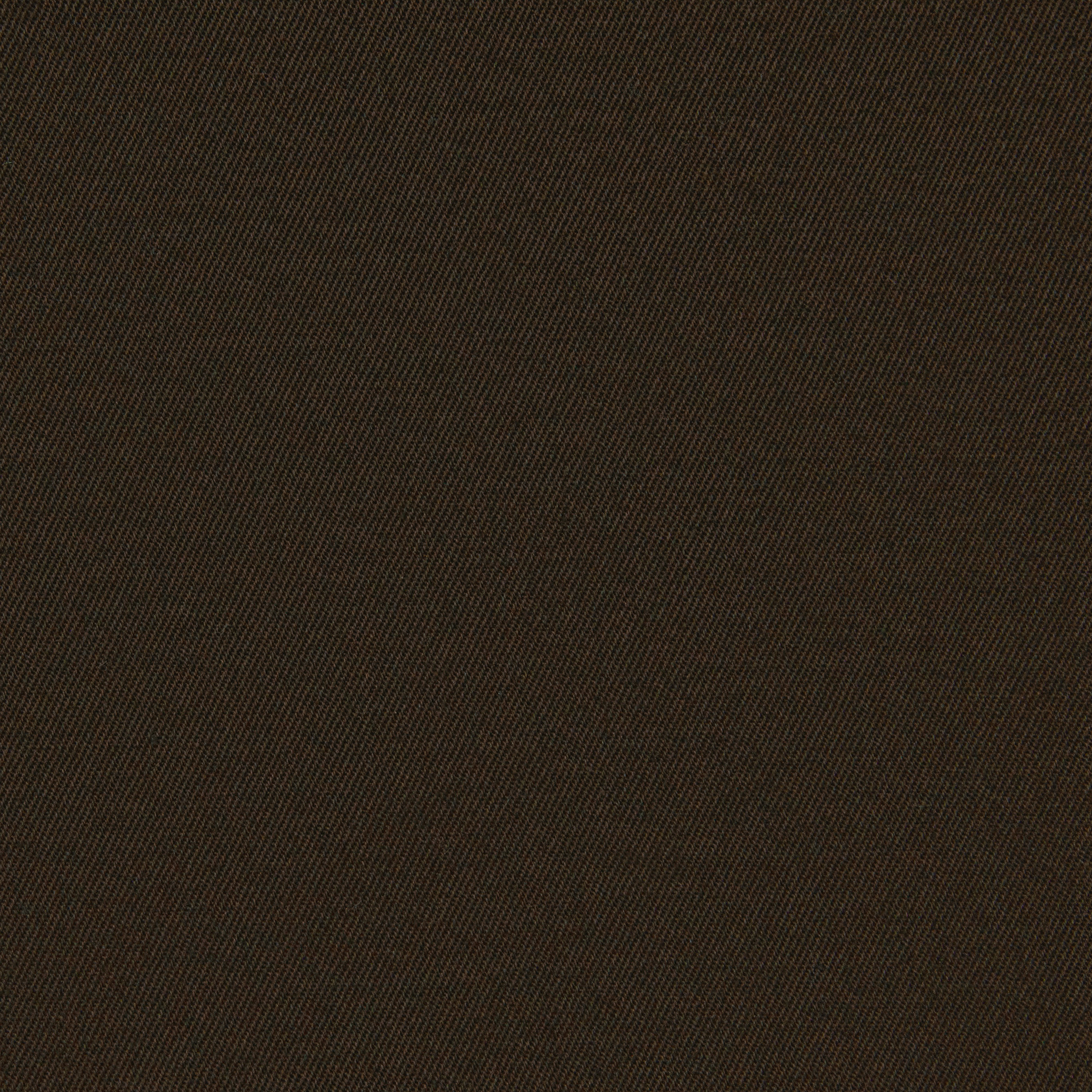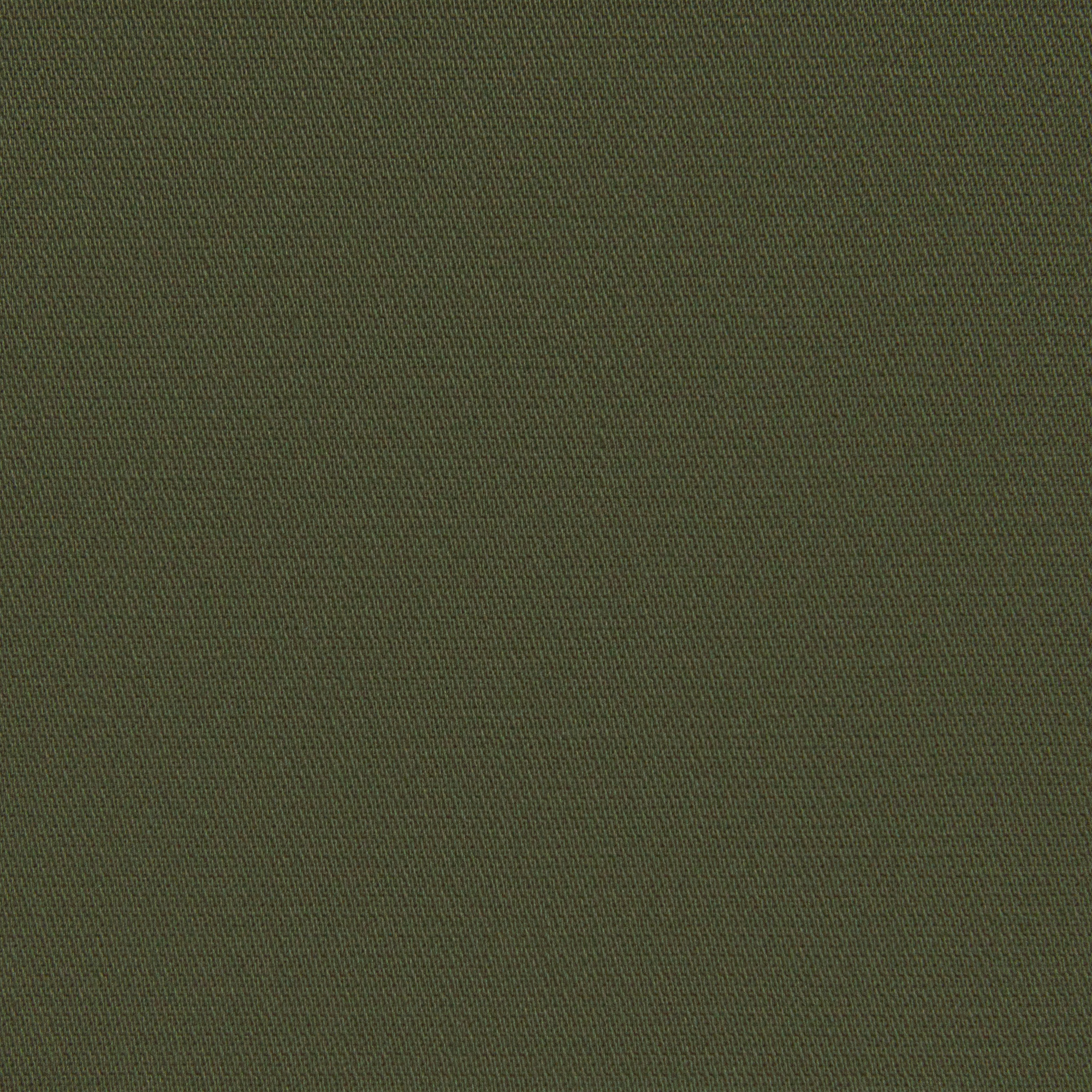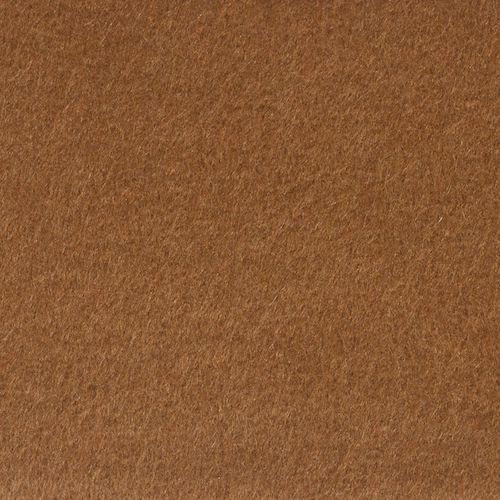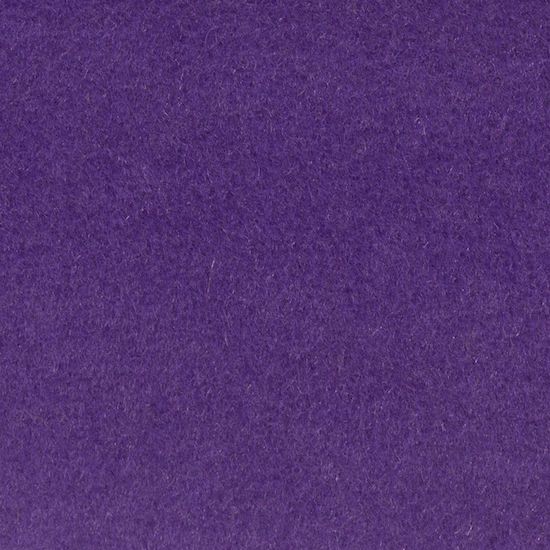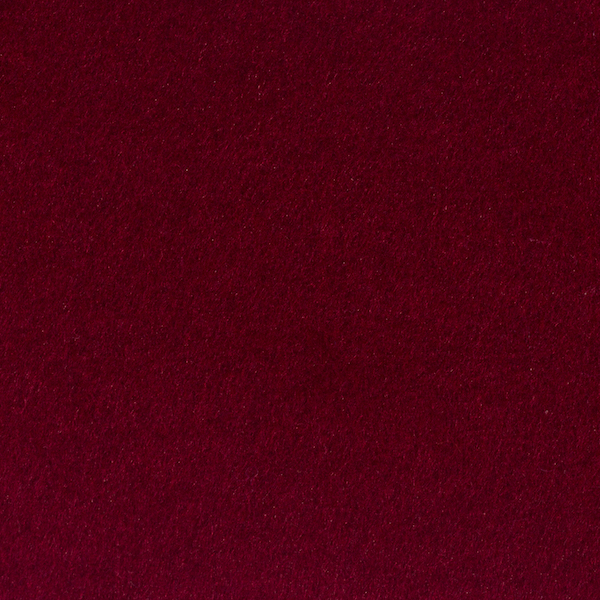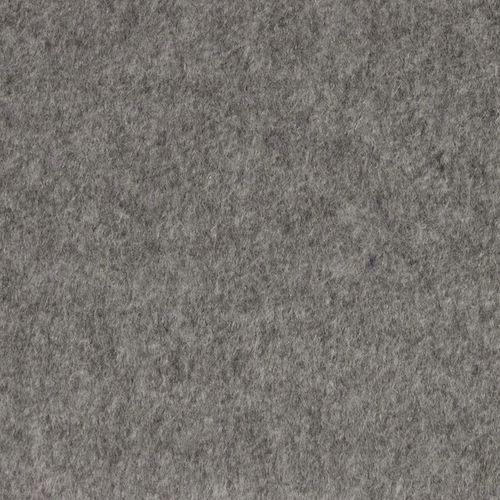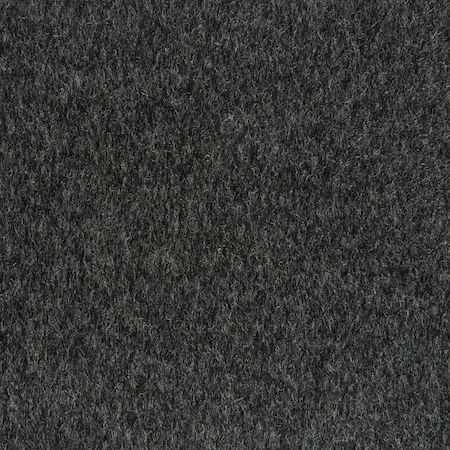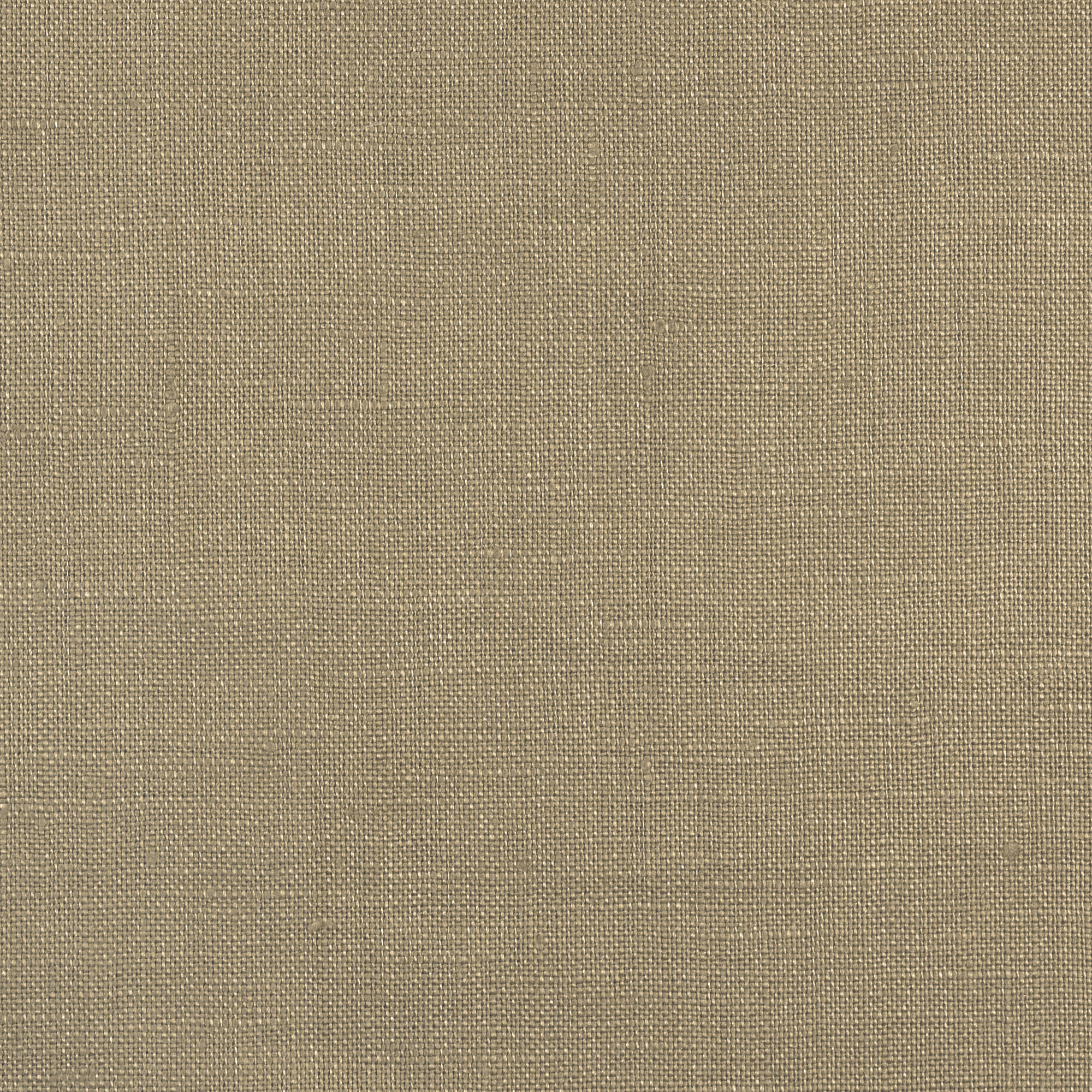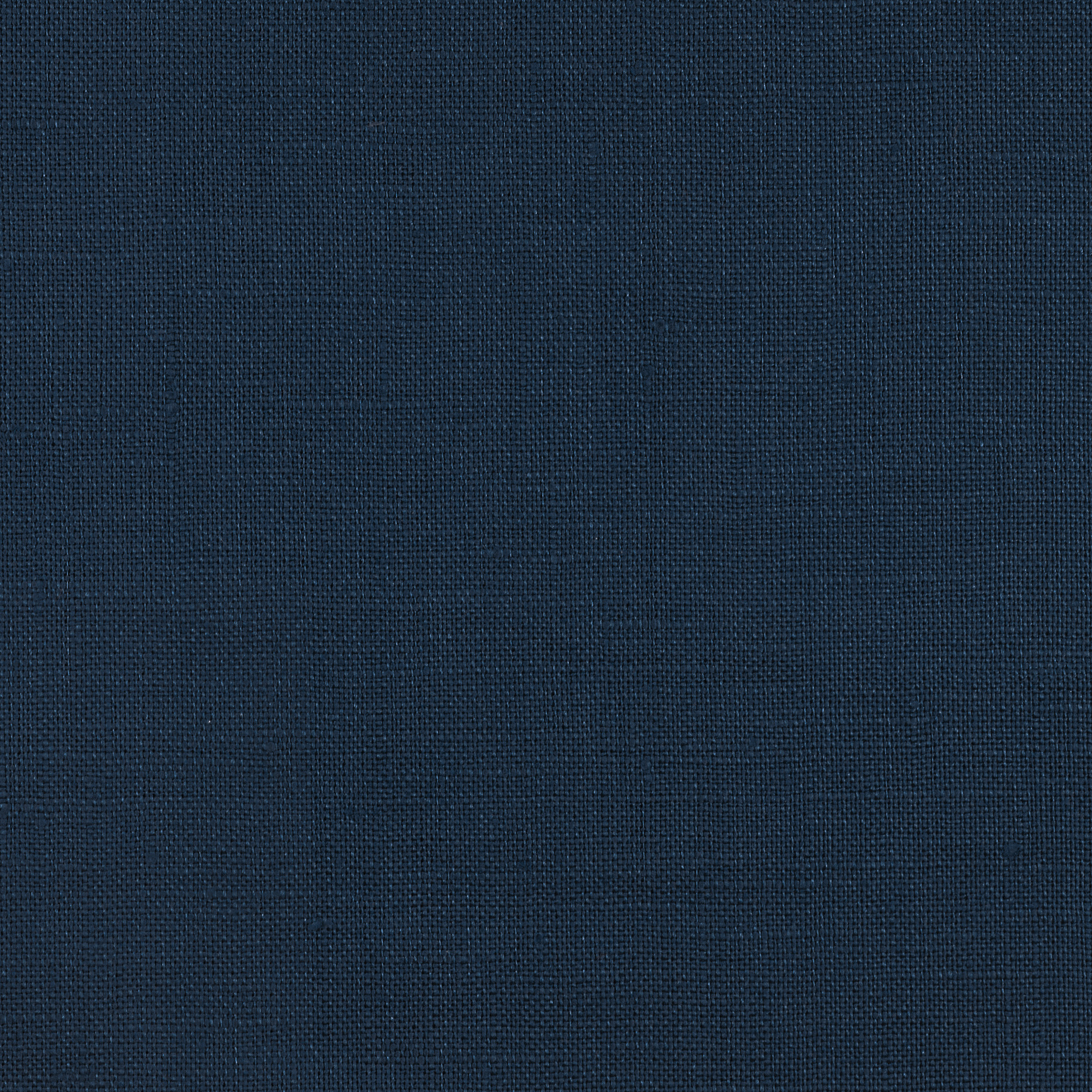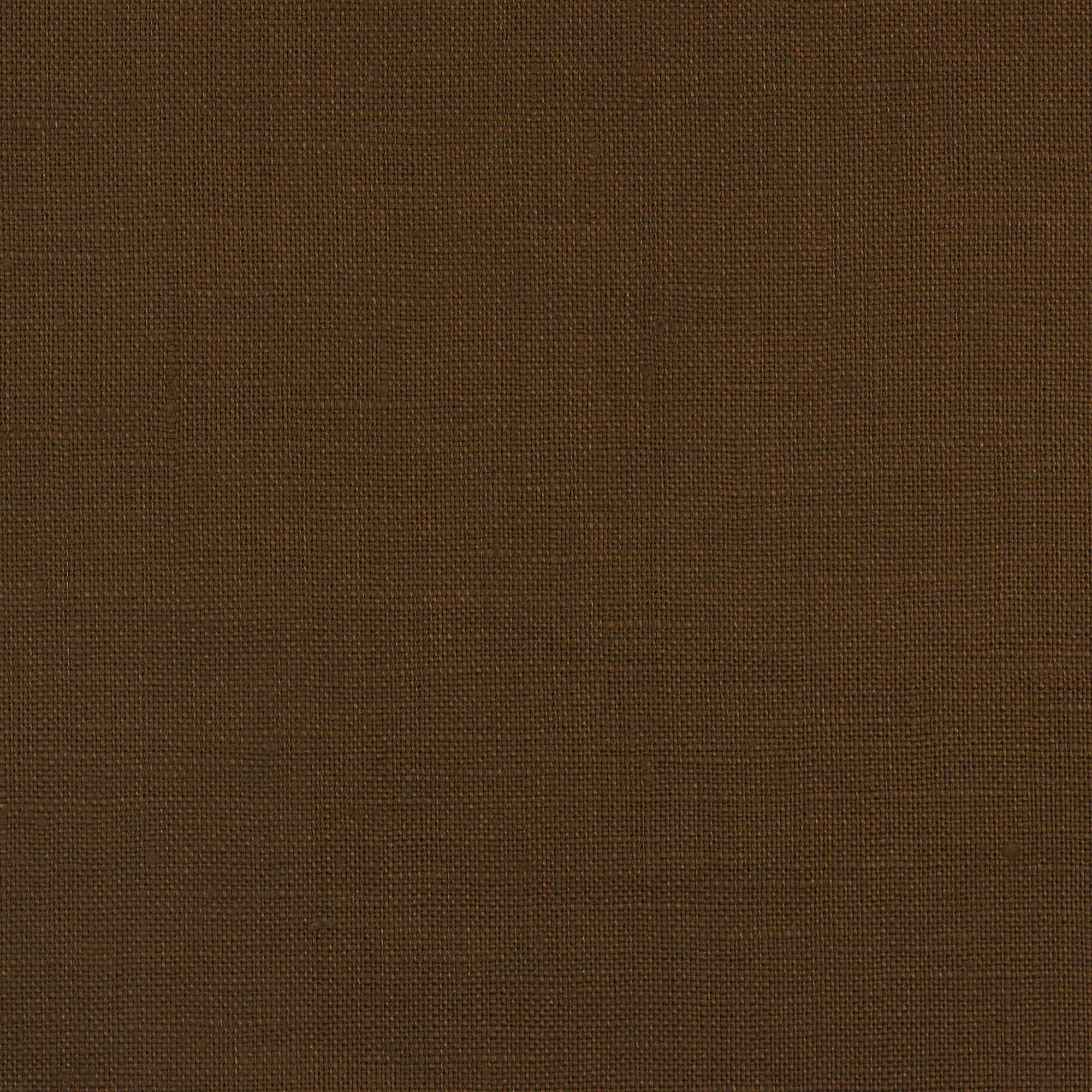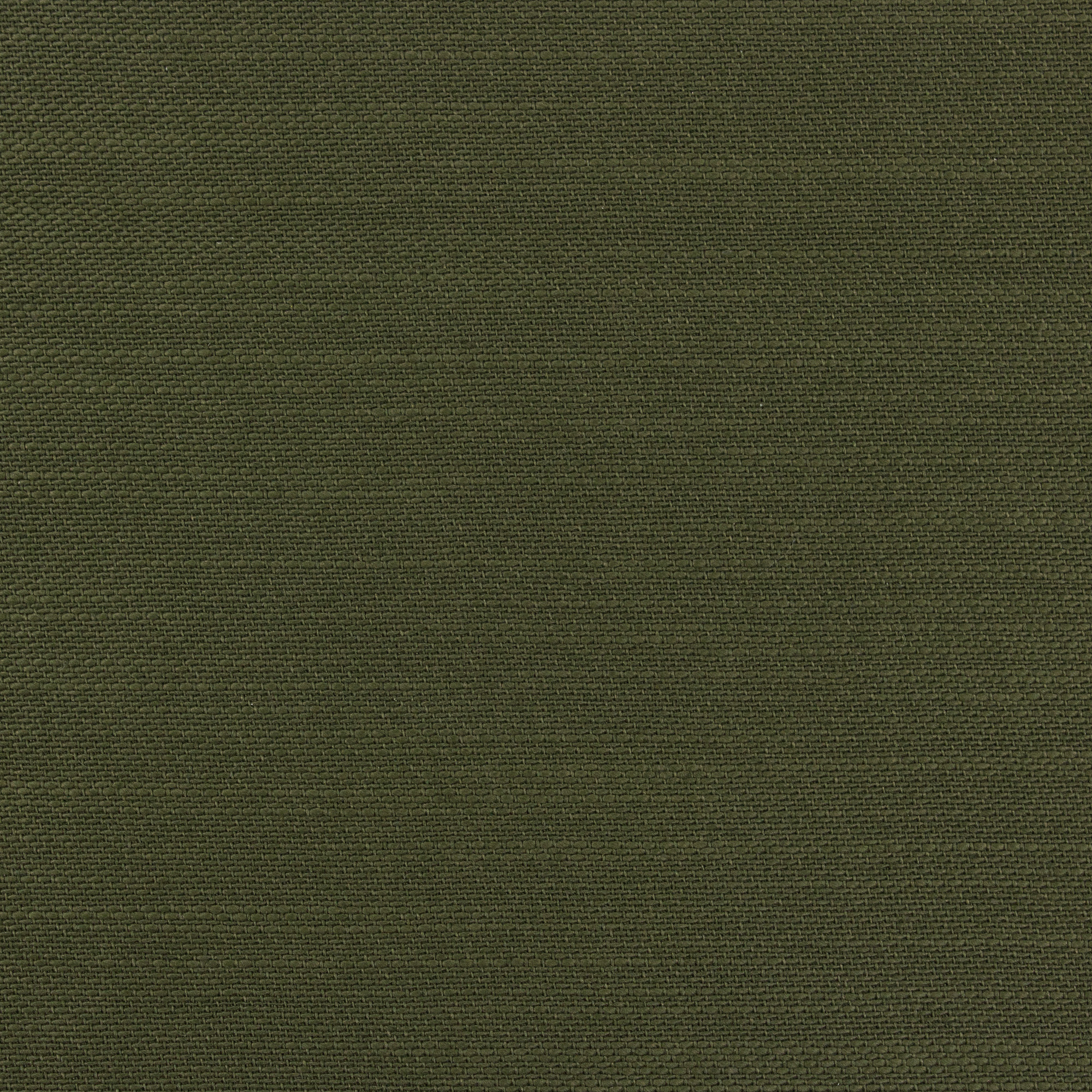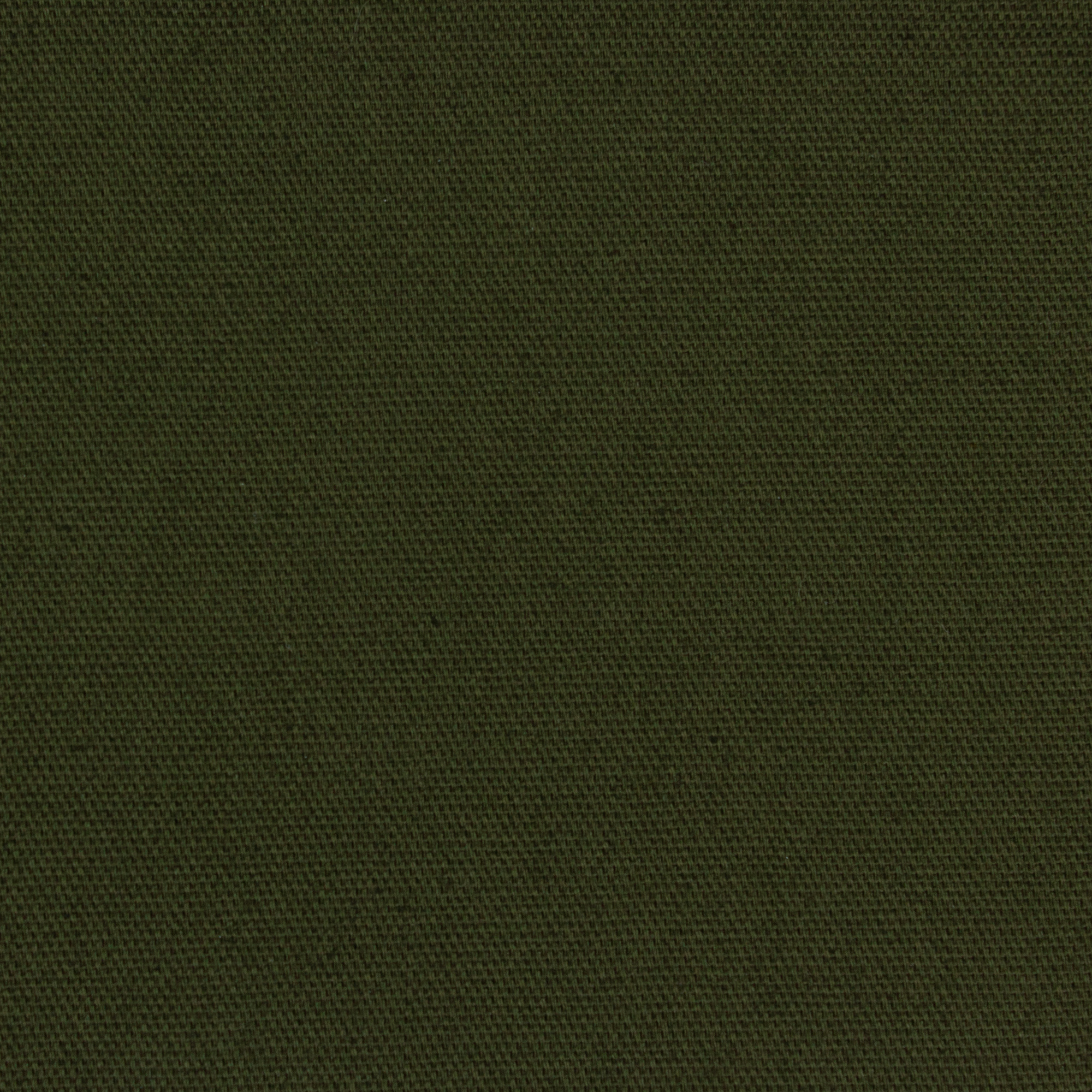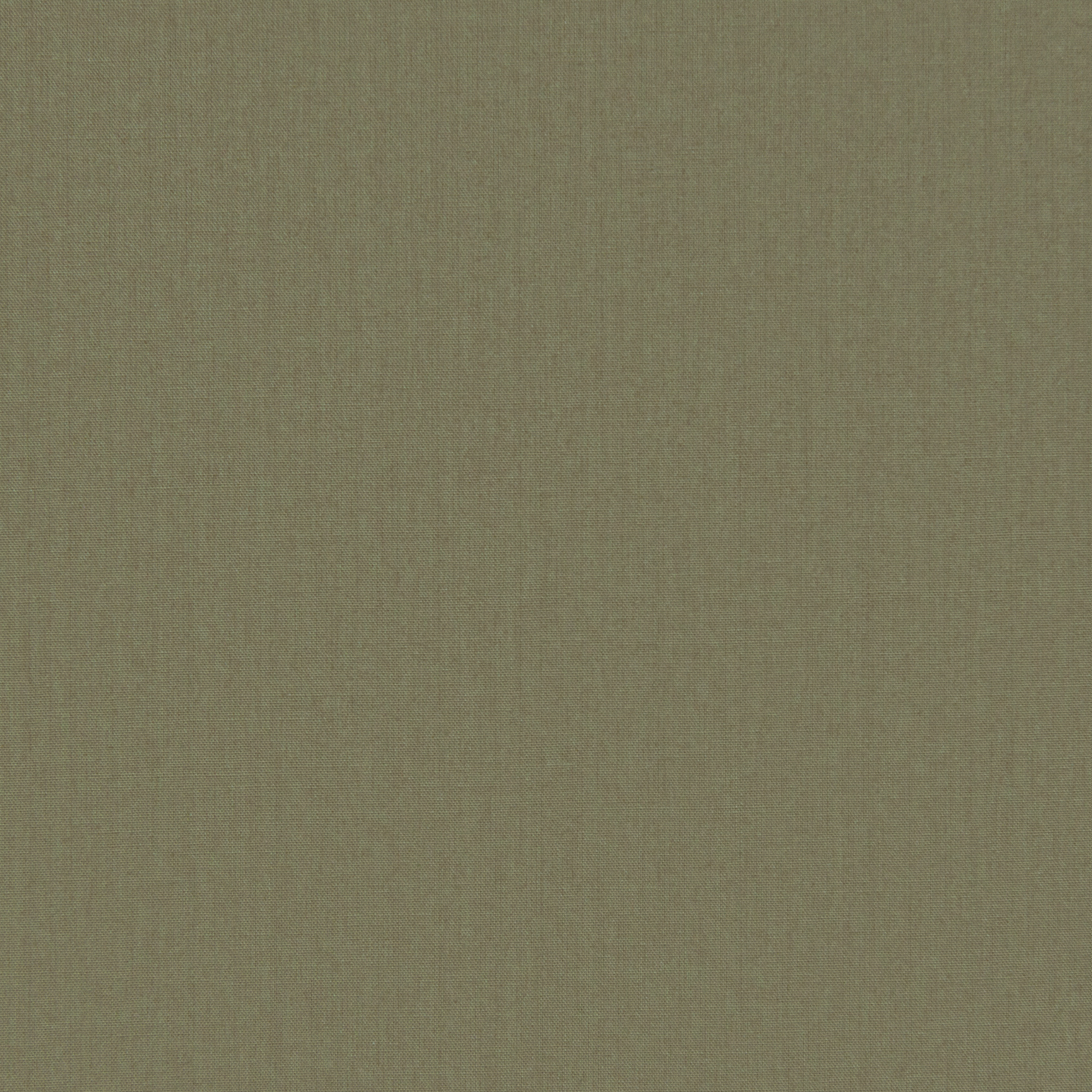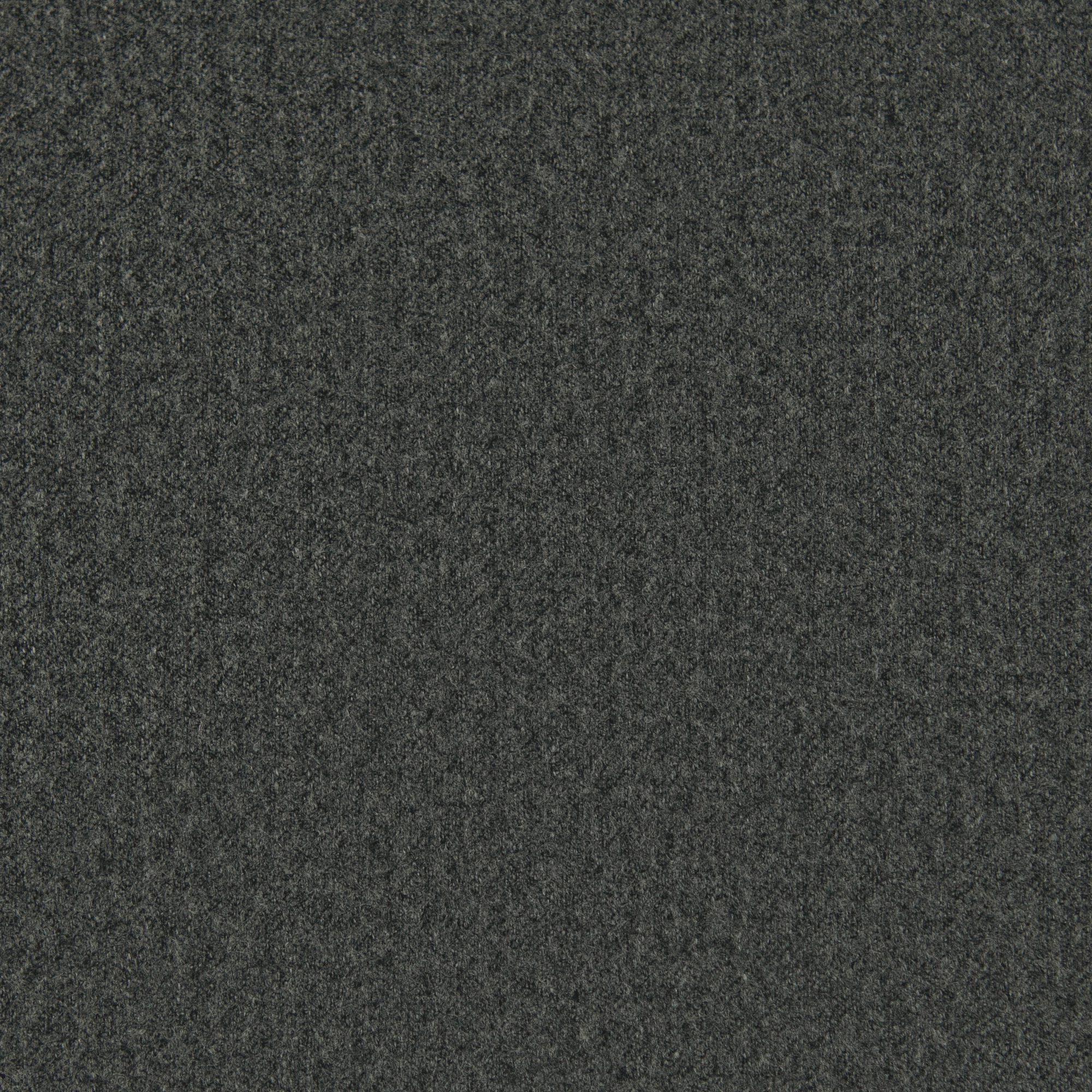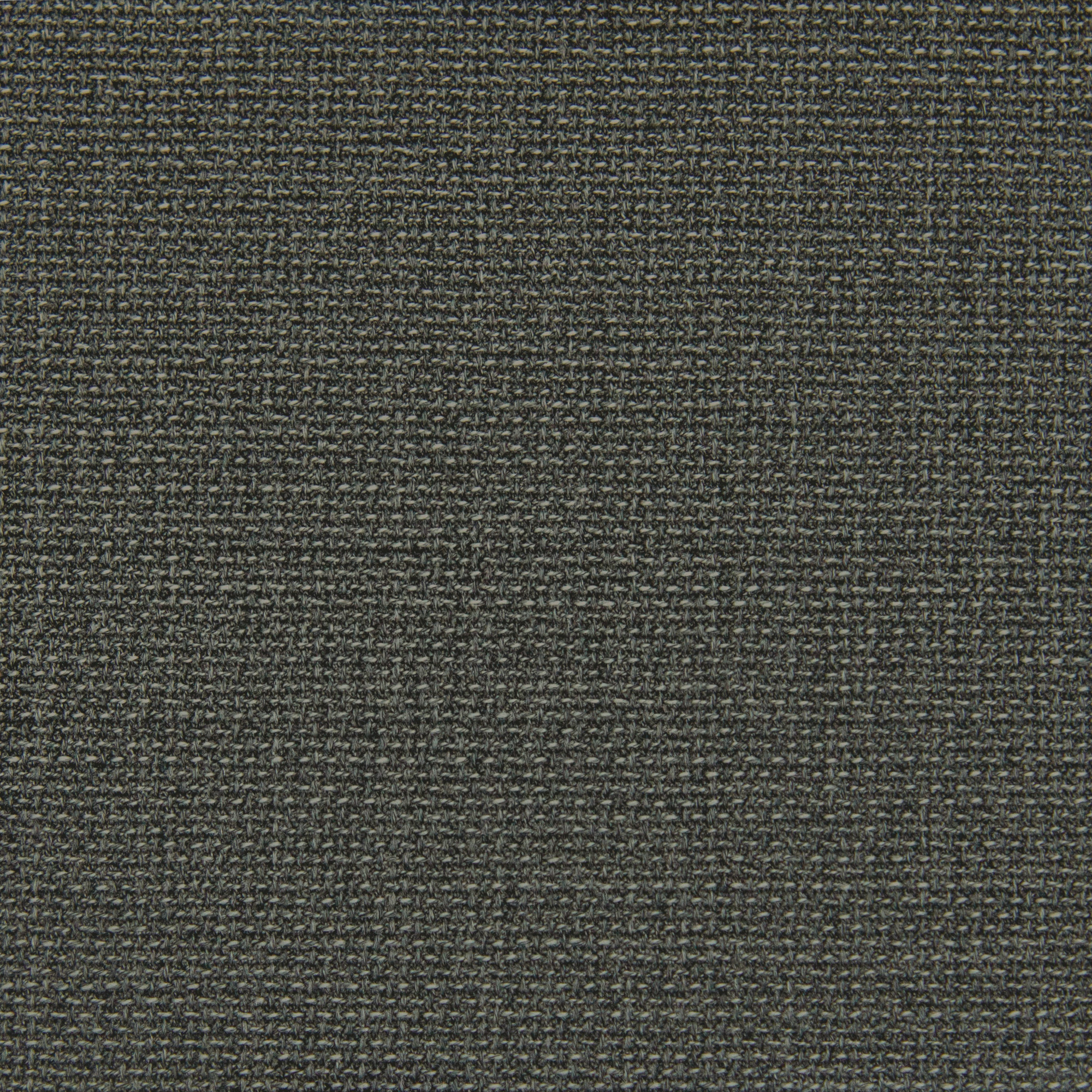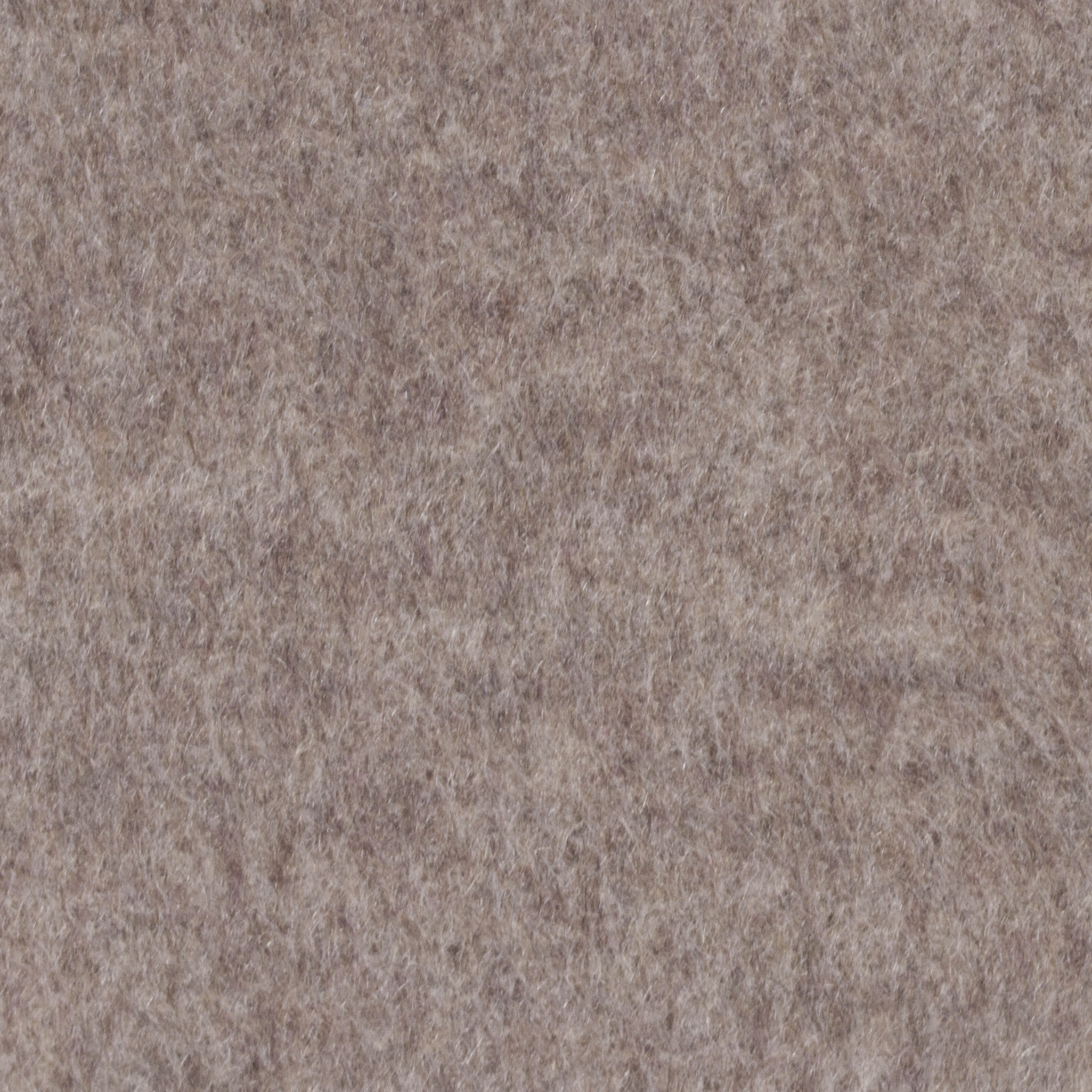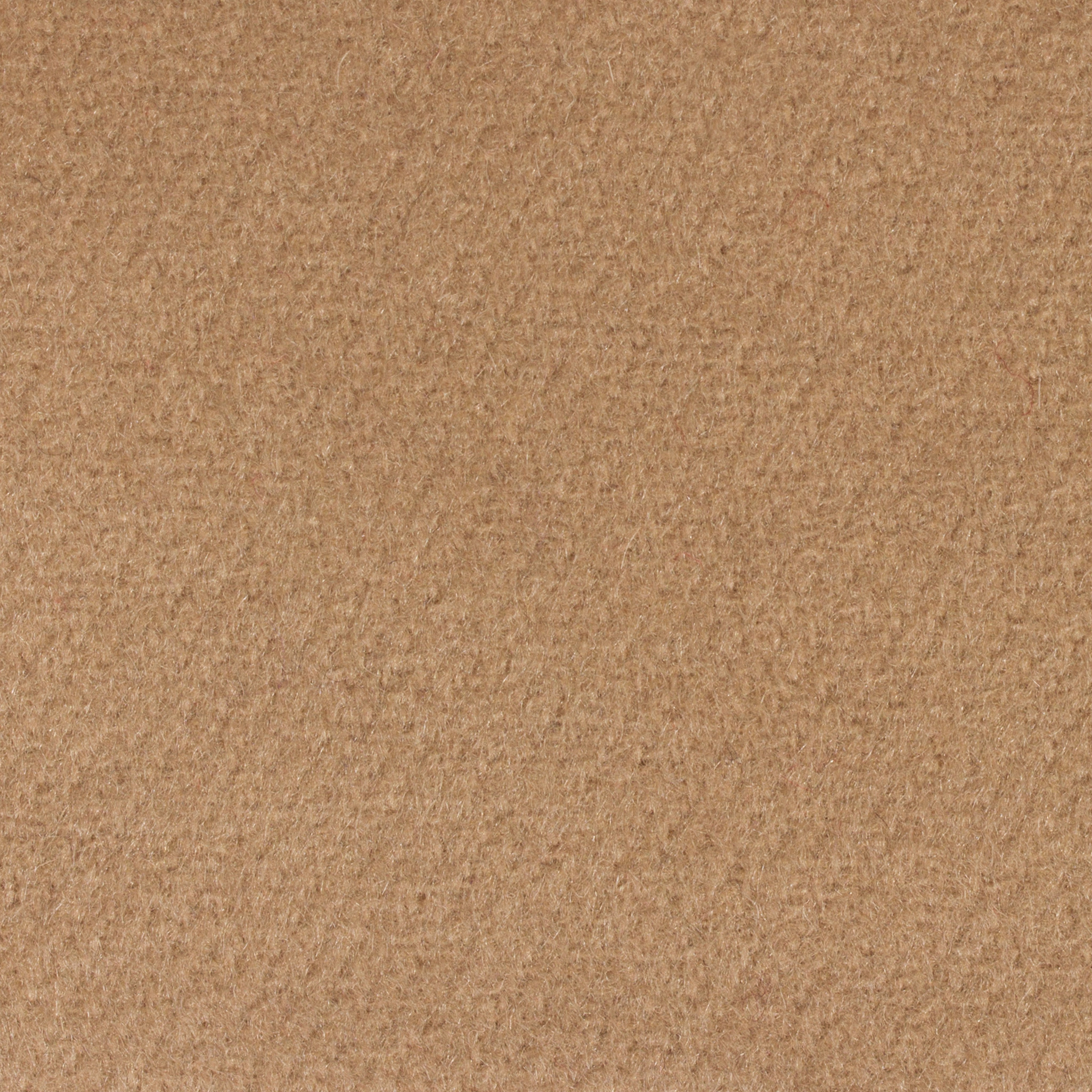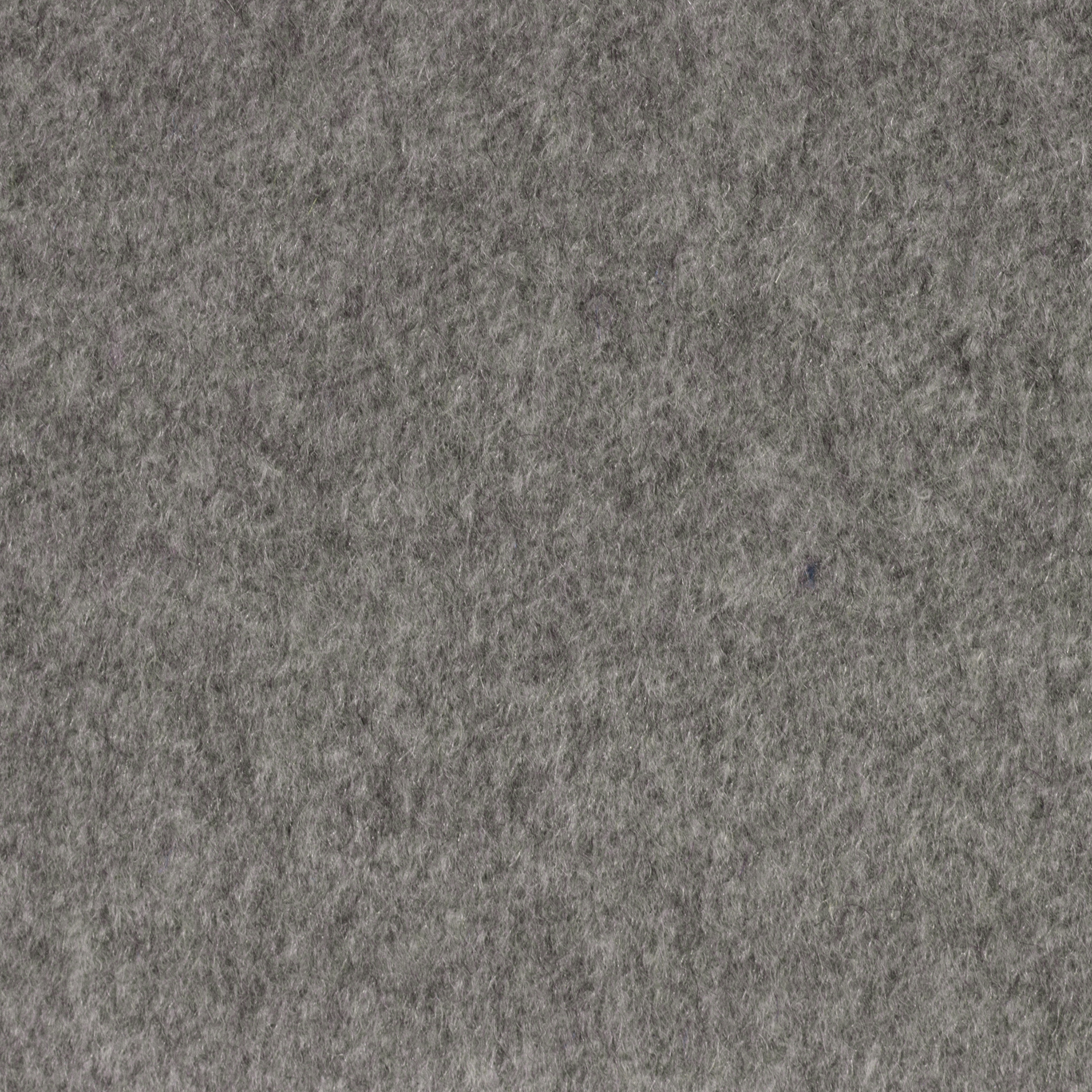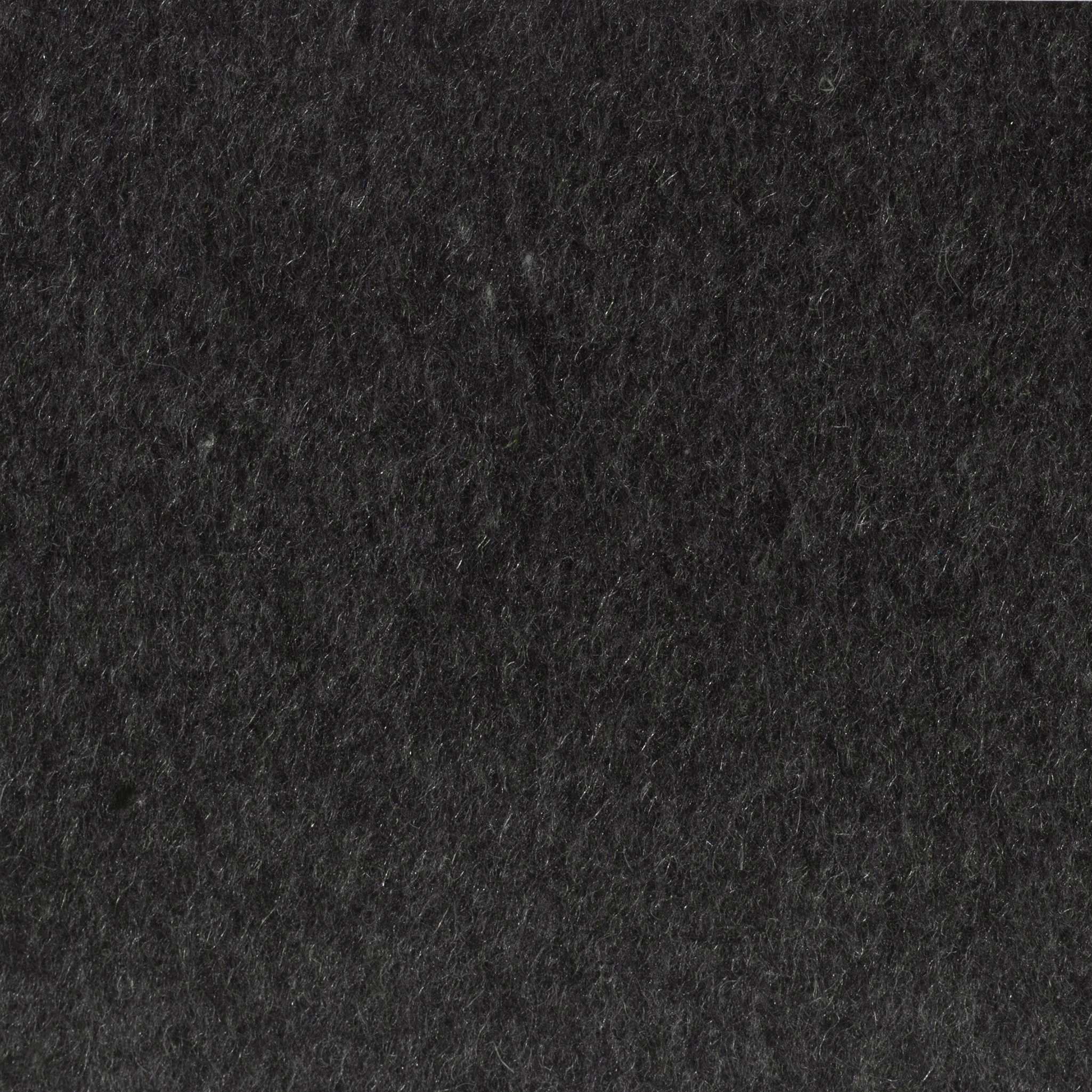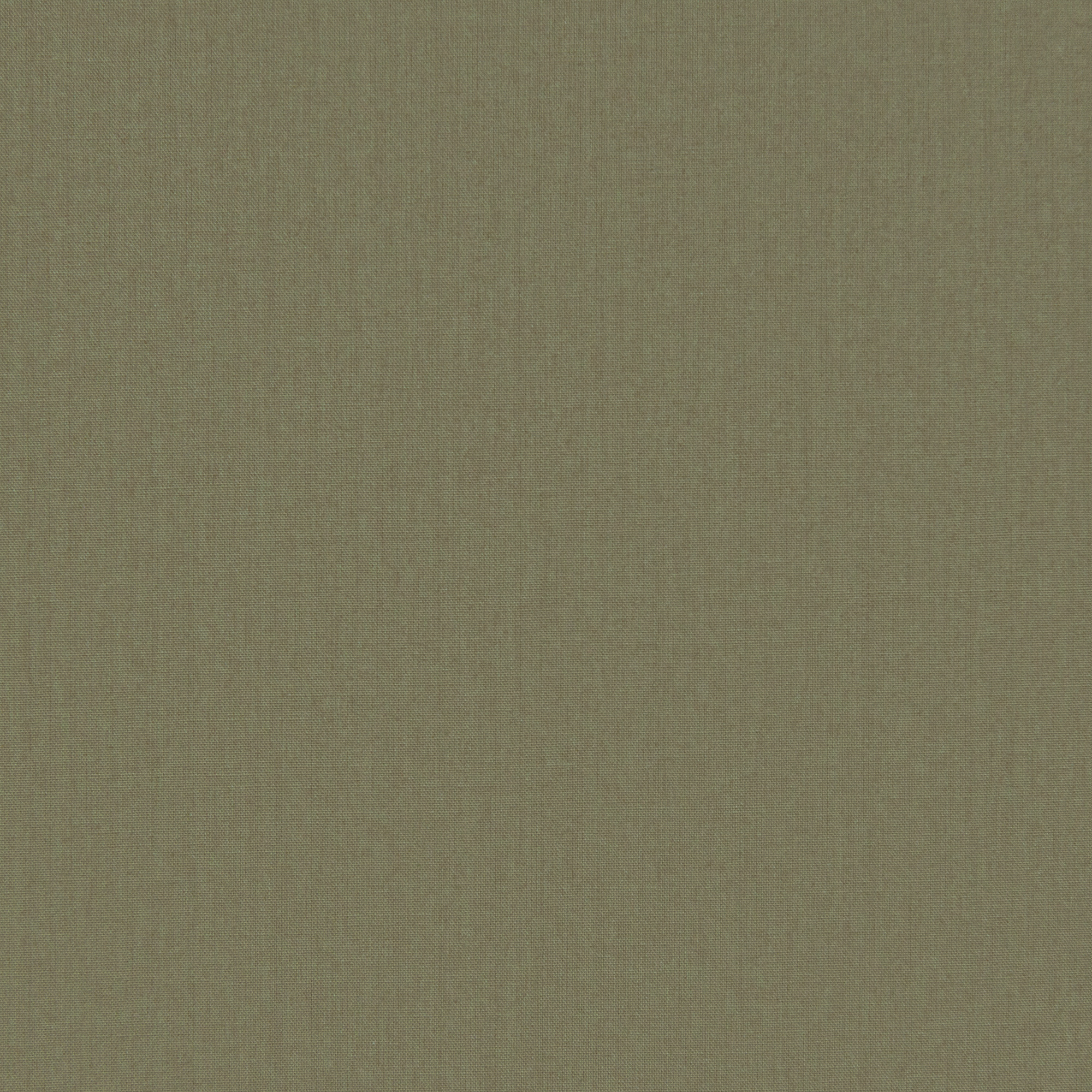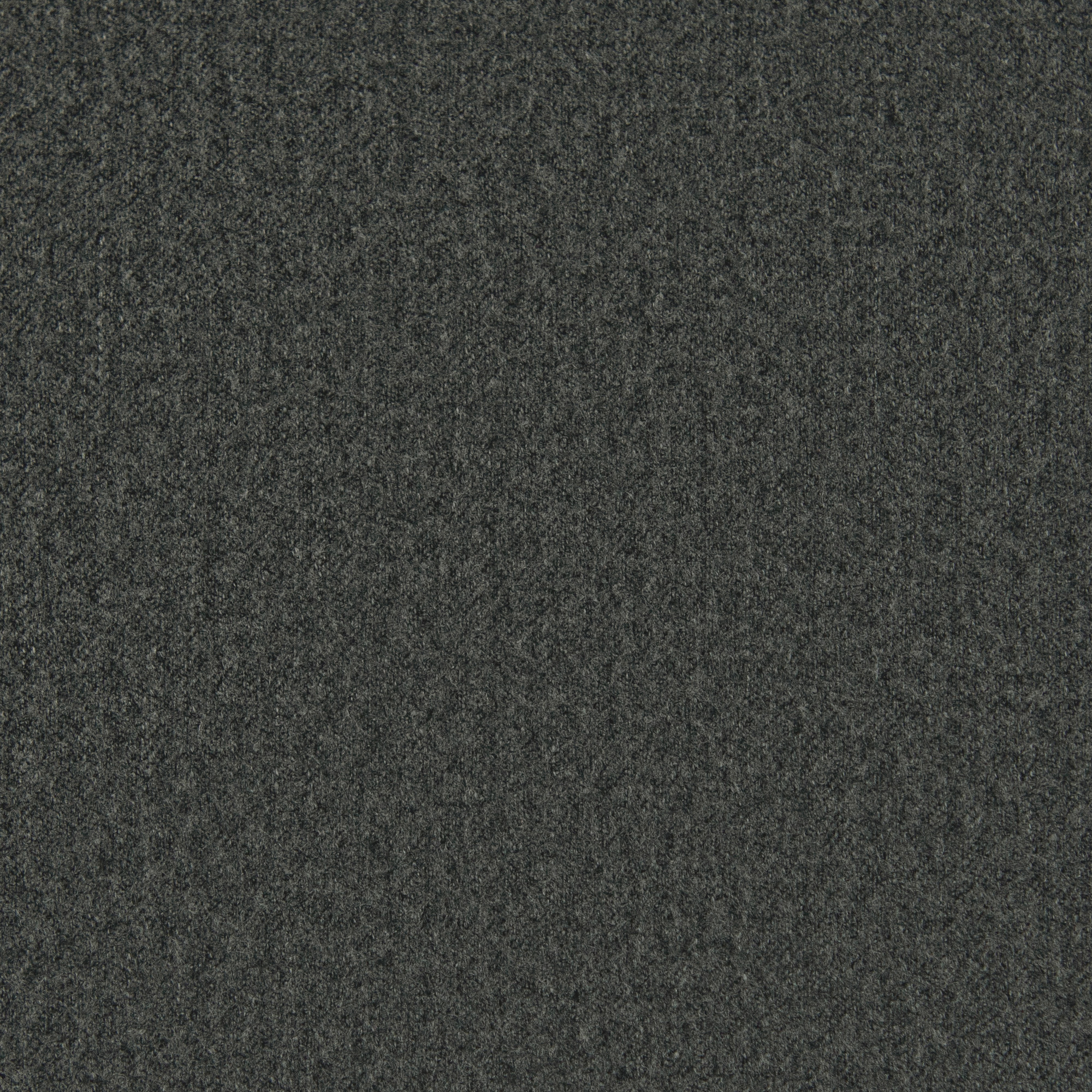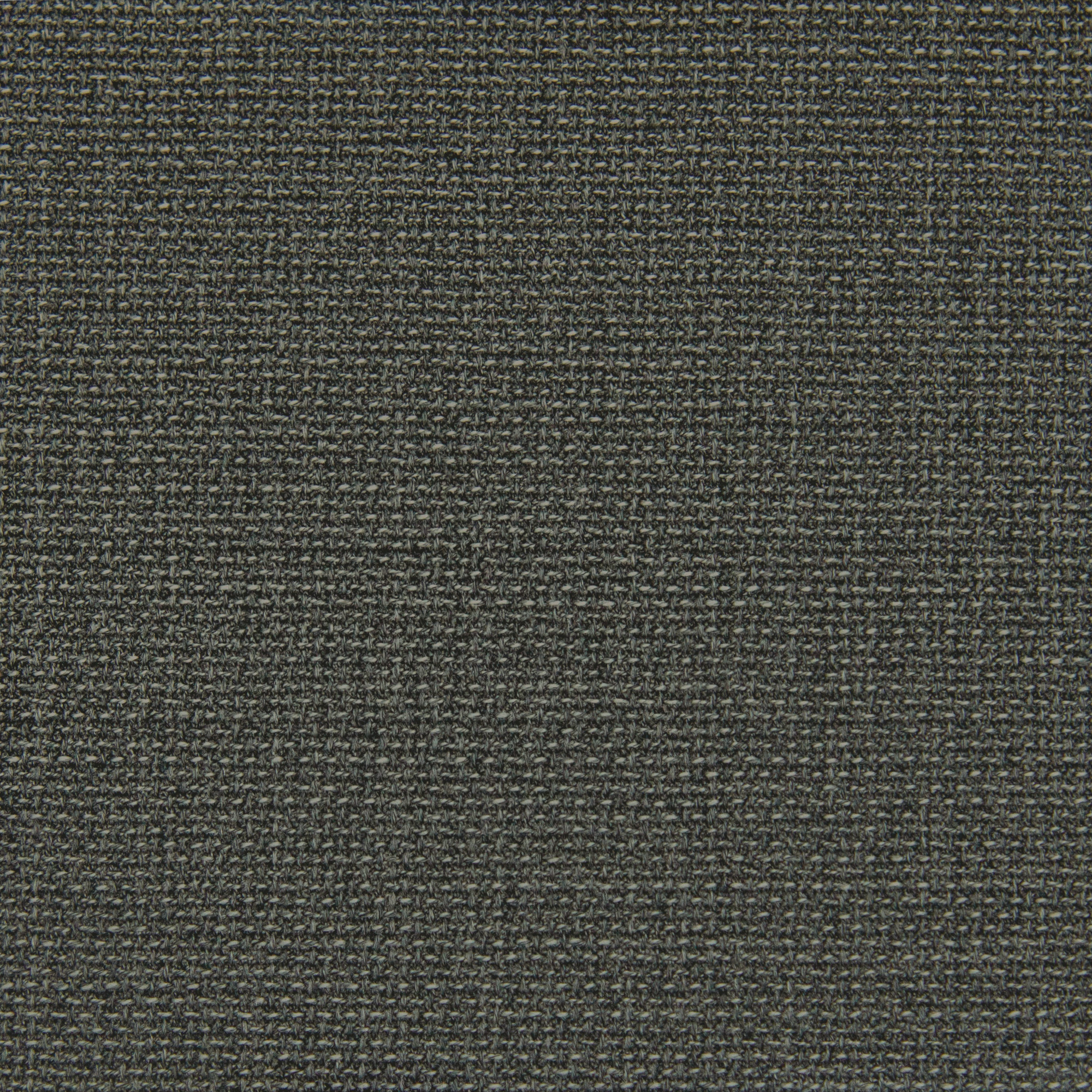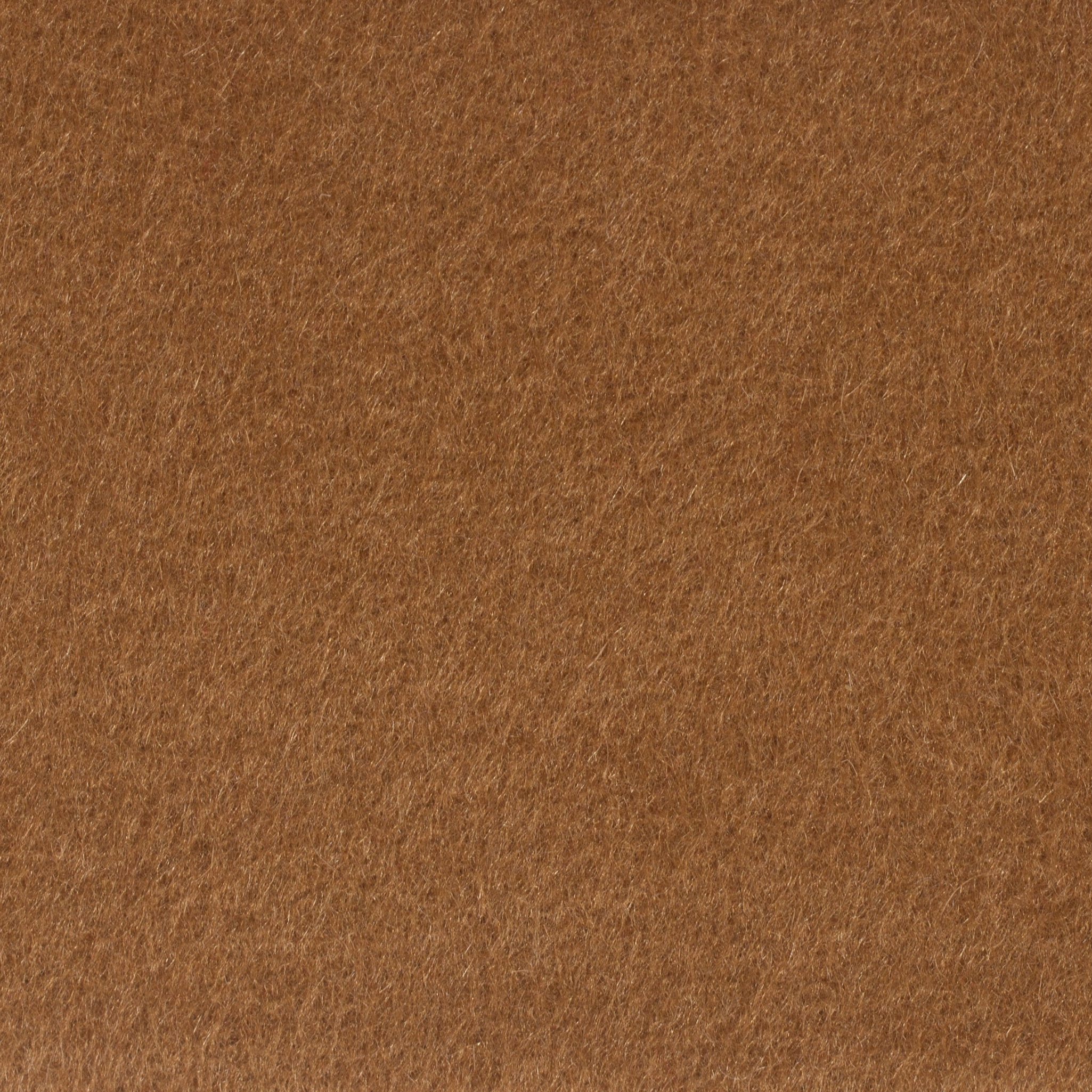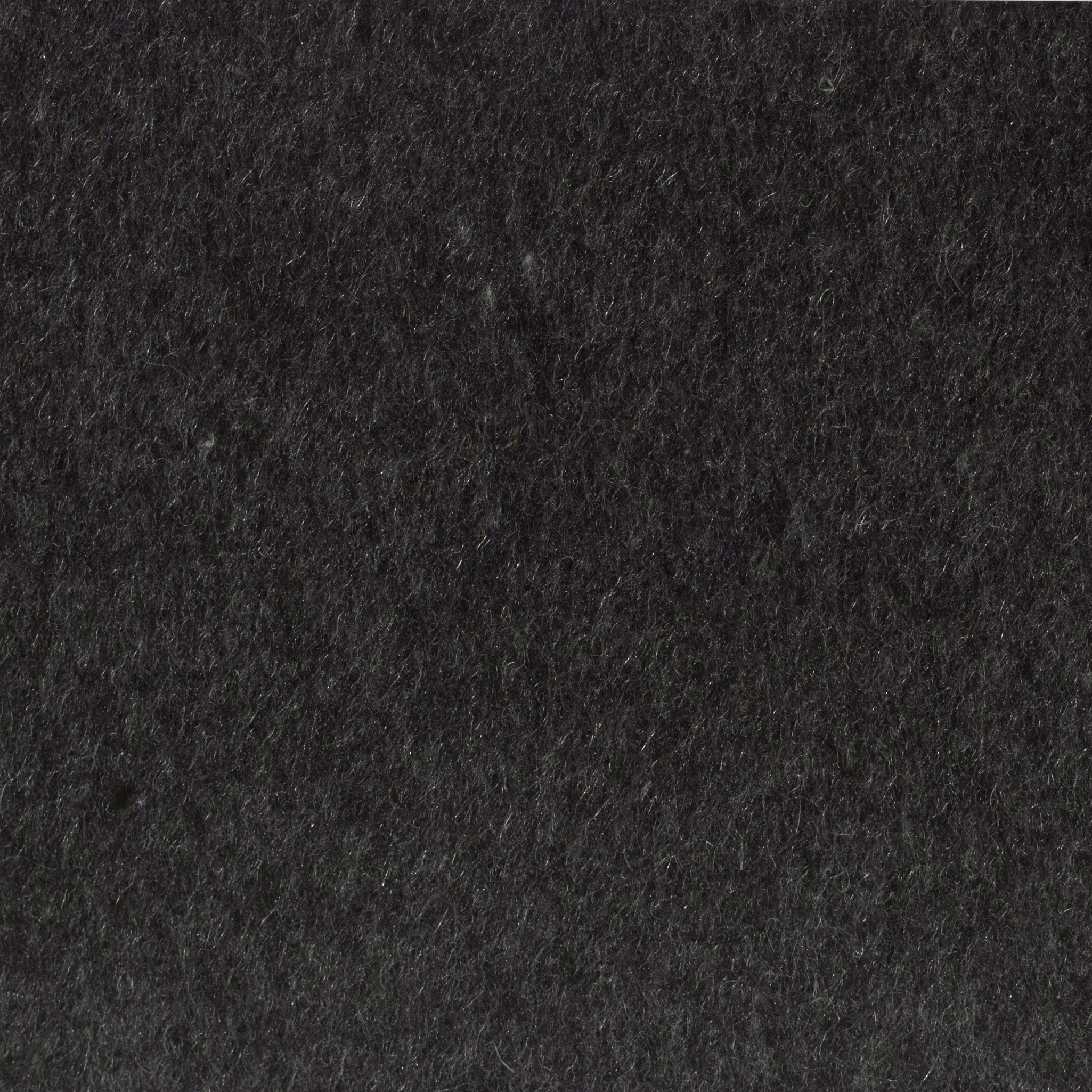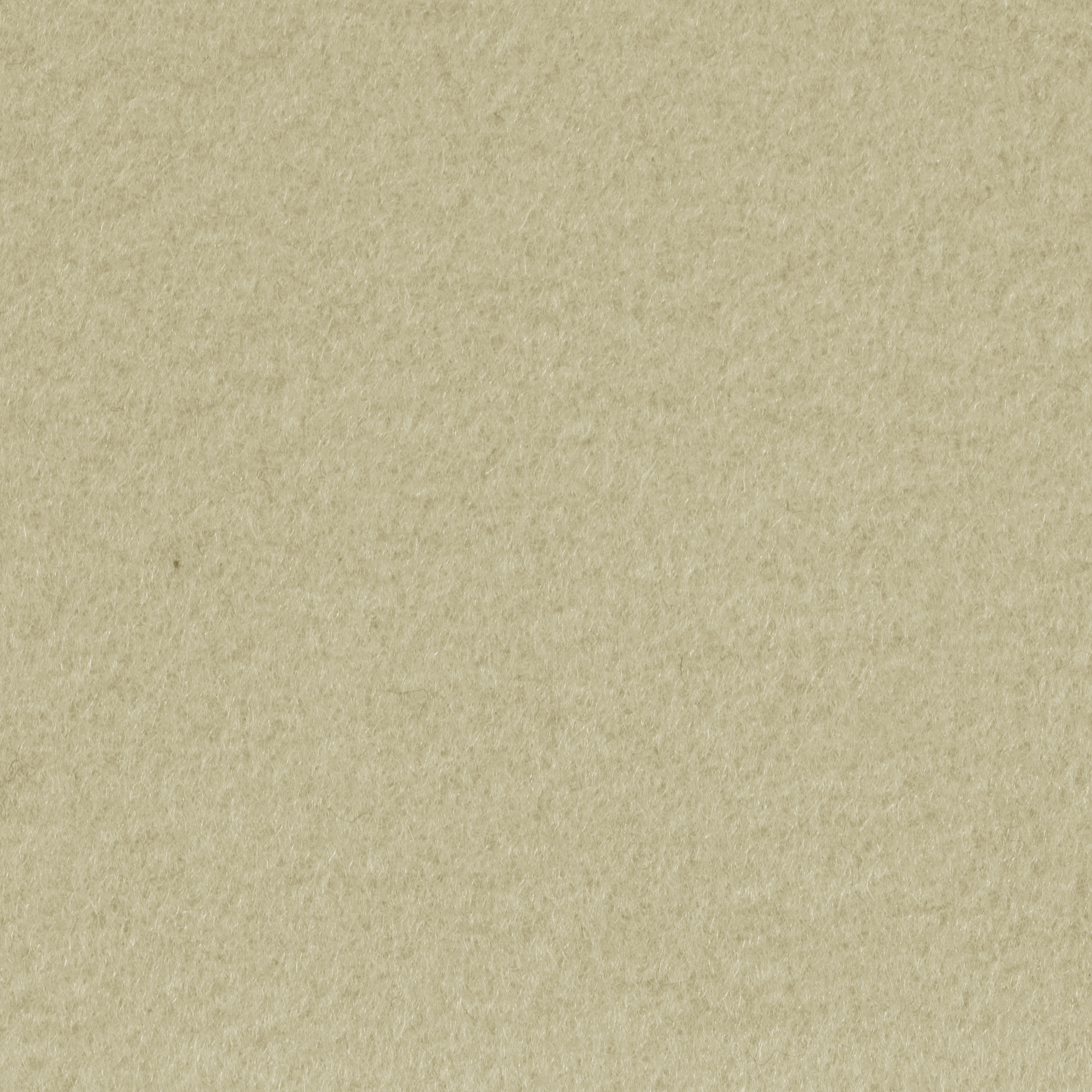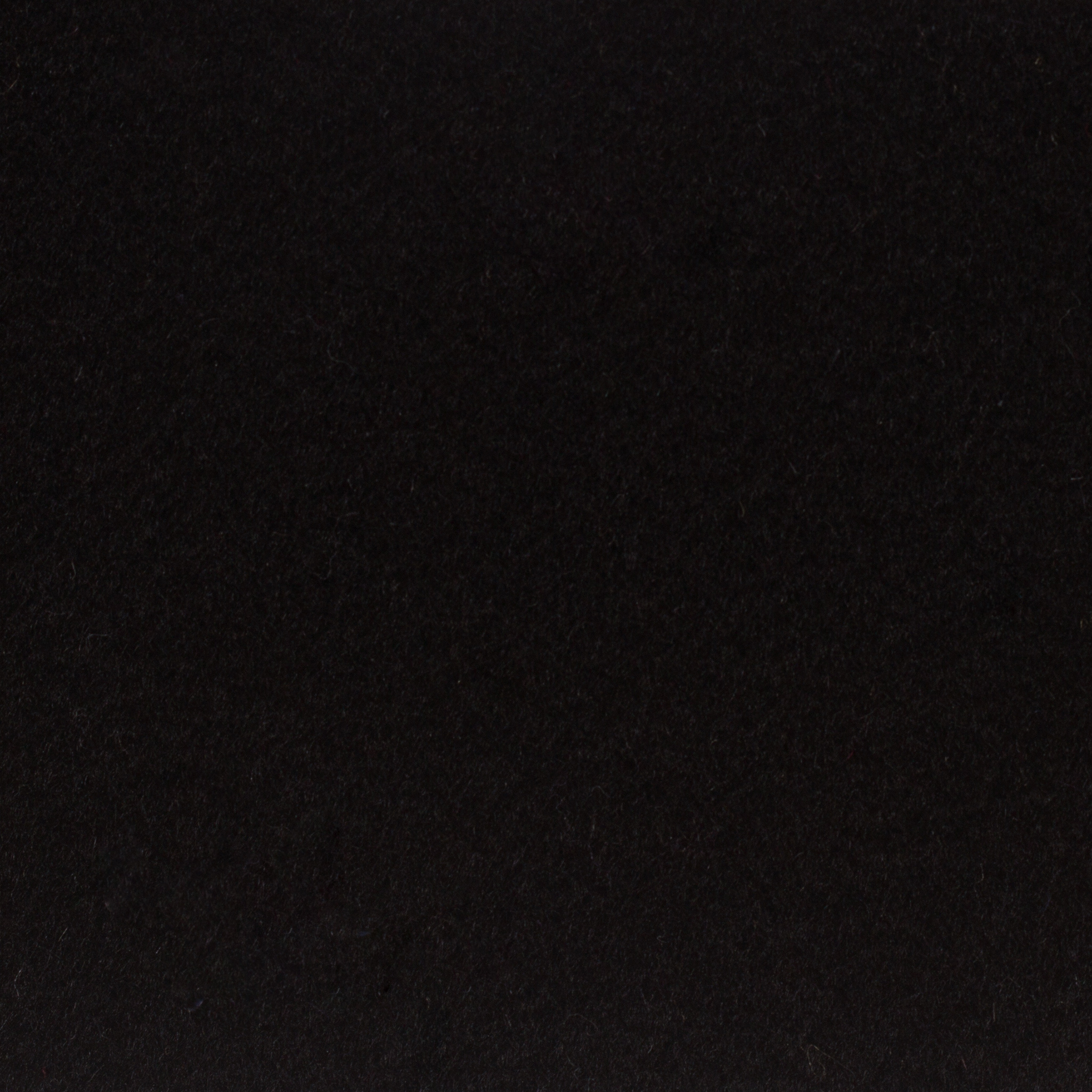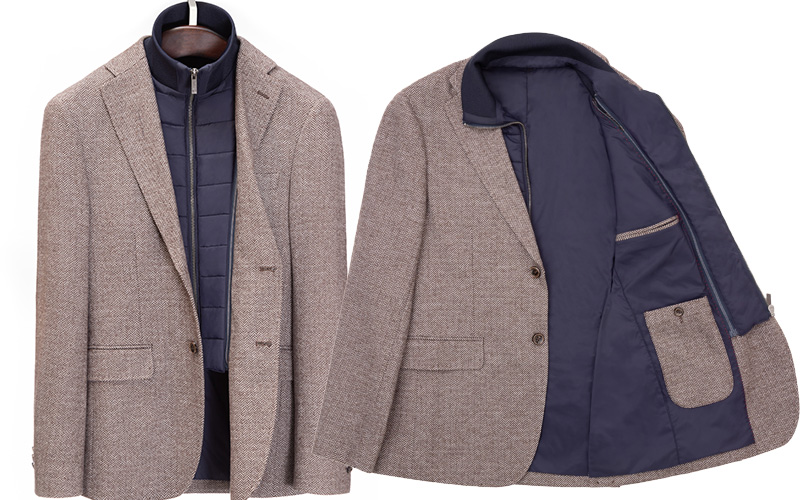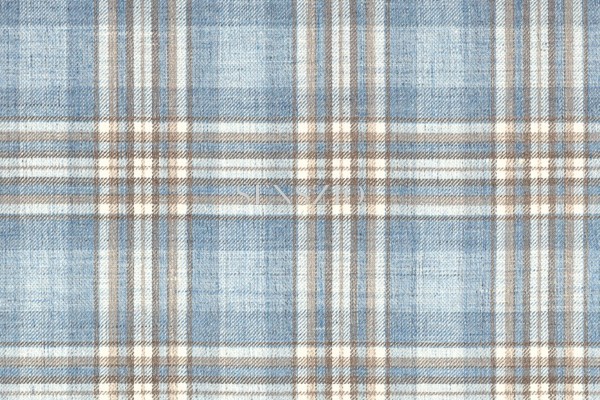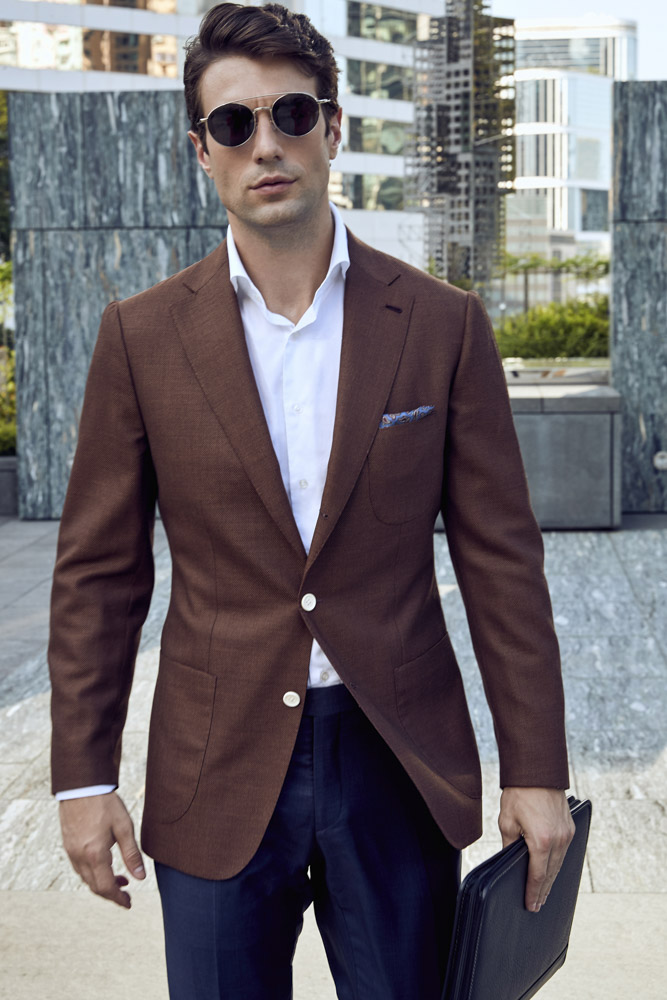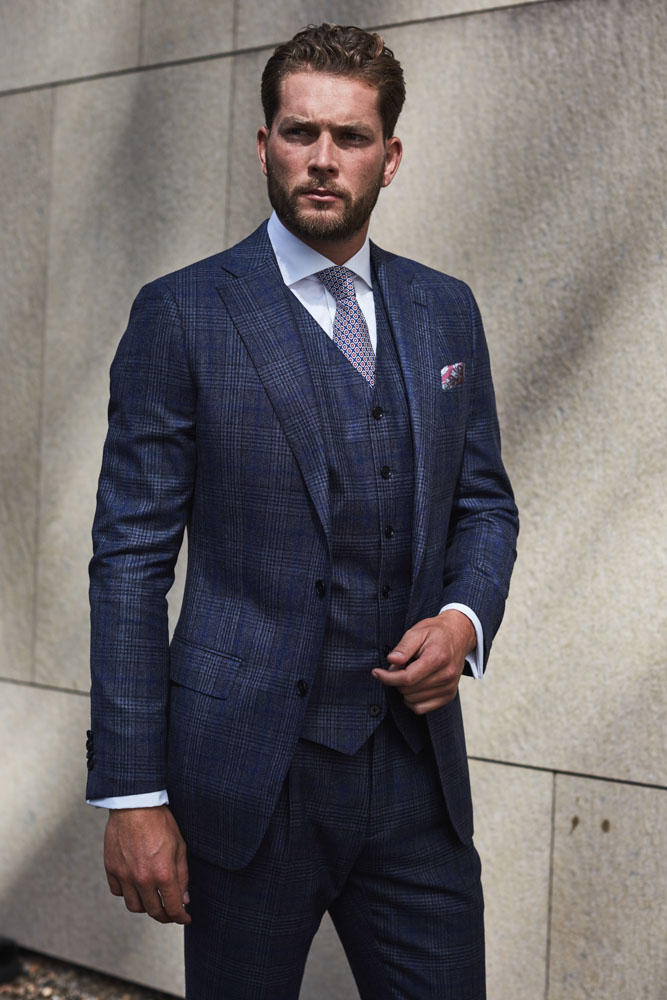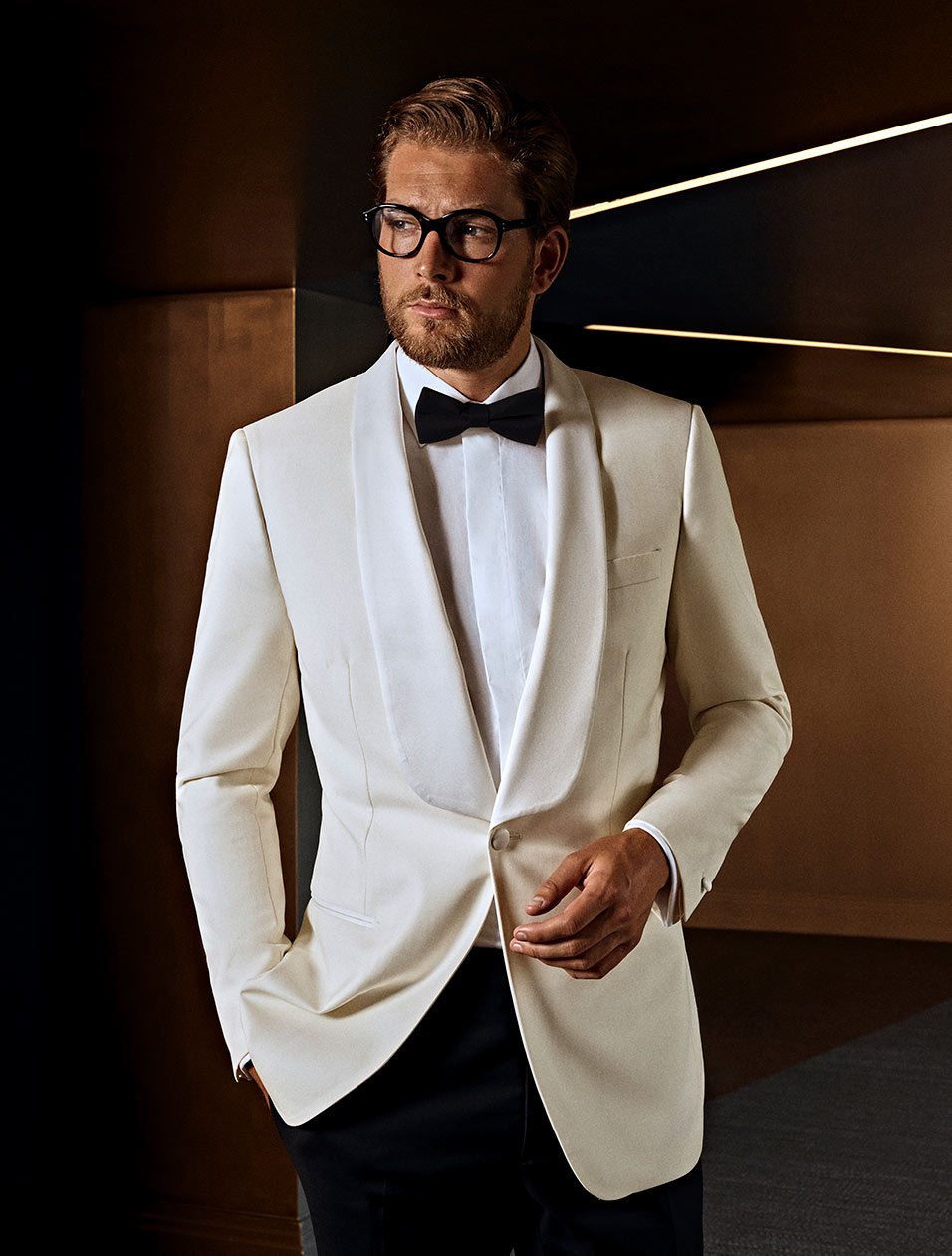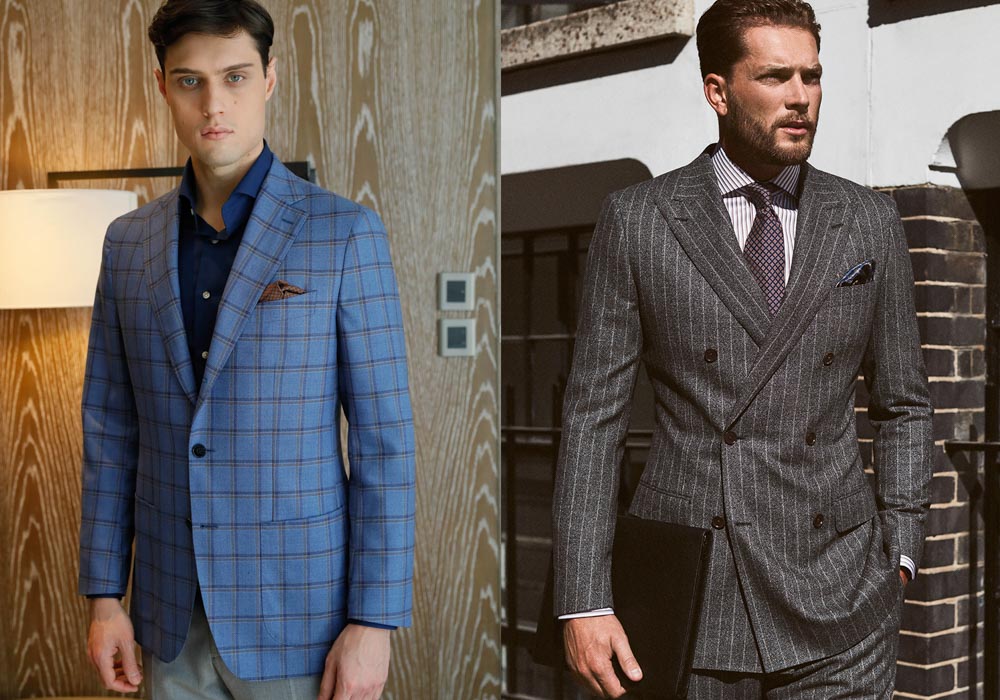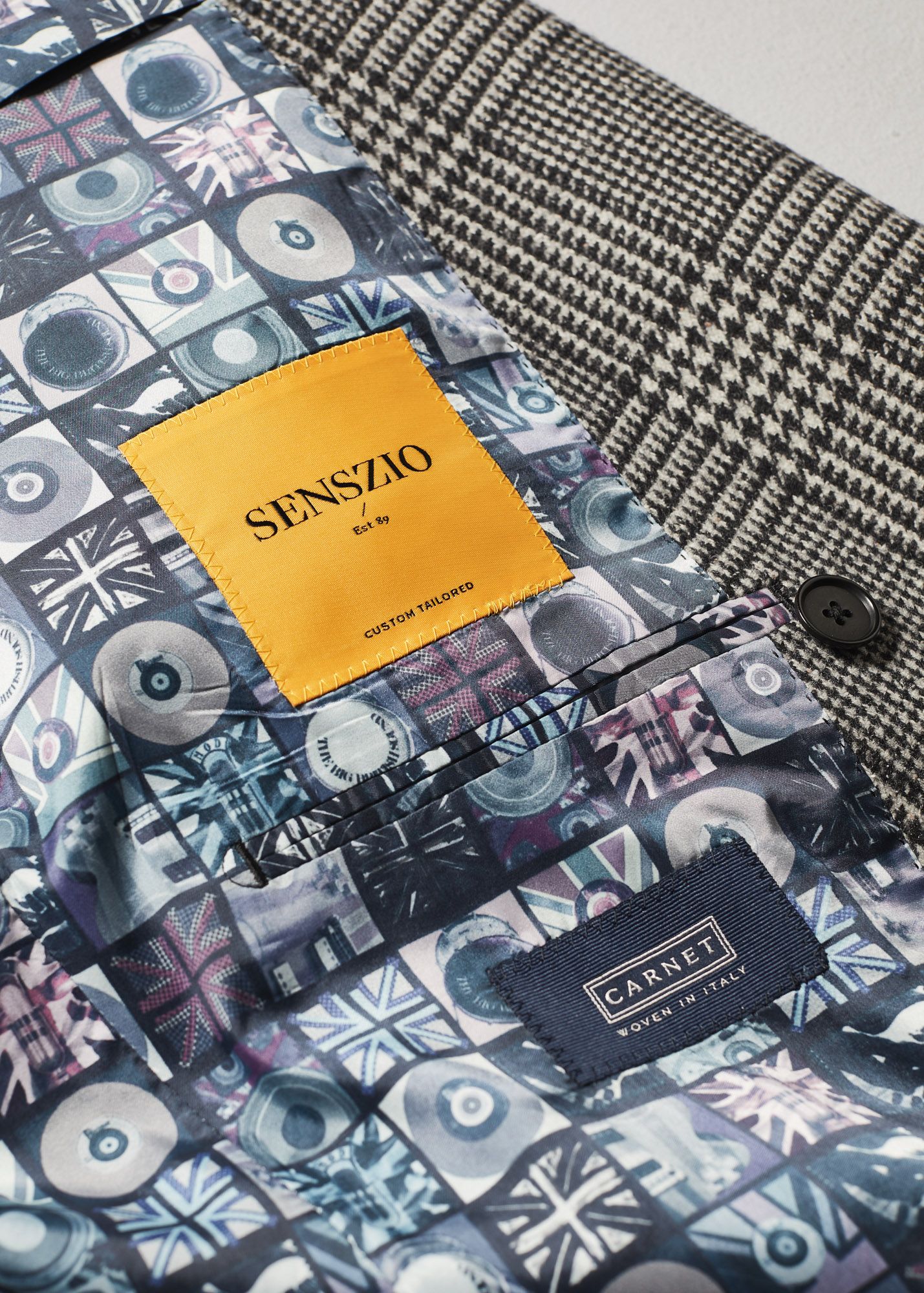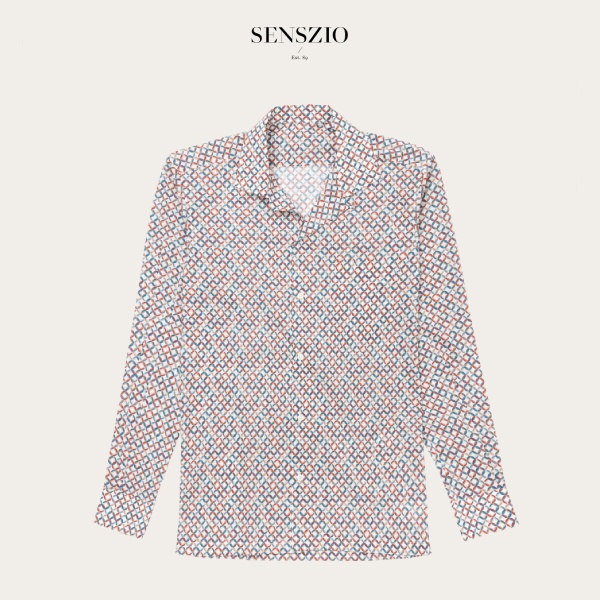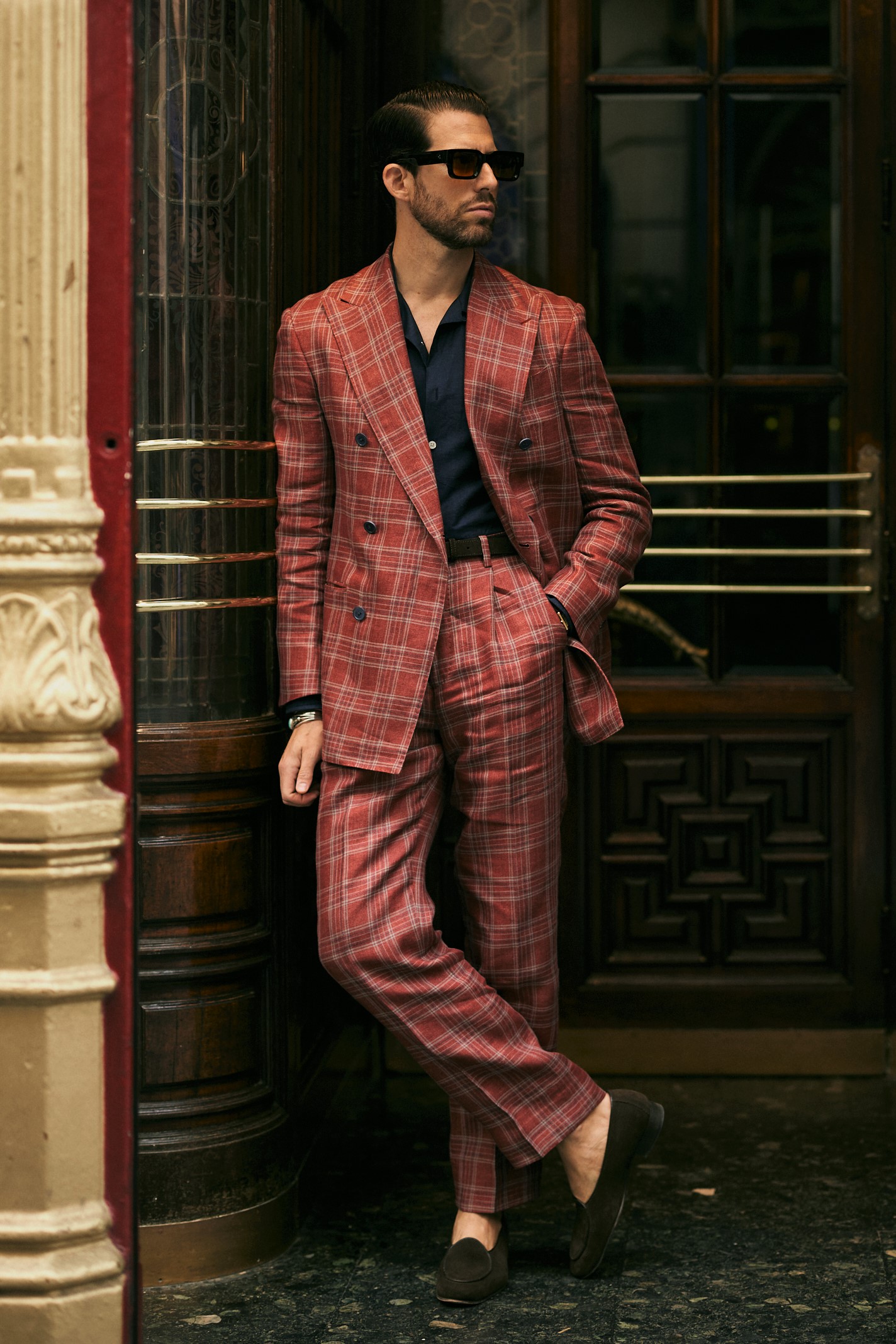The different types of suit jacket pockets and how to choose between them
Suit jacket pockets are an intrinsic element of the detailing on your garment. They make a statement just as surely as the cut of the suit jacket or the brand of the fabric.
Here’s our guide to the different types of pocket you can expect to find on your suit jacket and why you might choose over another.
Patch pockets
The patch pocket on a suit jacket is a casual option. It comprises a patch constructed in the same material as the jacket. It’s simply stitched in place. The patch pocket should be used only for casual wear, so it should be reserved for sport coats.
Patch pockets should be used only for light items, as anything heavier, such as keys or large smartphones, can warp their appearance.
(Above) Brown Hopsack Sport Jacket with Upper & Lower Patch Pockets
Flap pockets
The original idea behind flap pockets was to prevent debris from entering the pocket. Flap pockets on jackets are fairly formal. You’ll often spot them on business suit jackets and hunting jackets as a nod towards their classic roots. Generally, flap pockets would be an ideal choice for the boardroom.
(Above) Blue Glen Plaid Suit with Lower Flap Pockets
Jetted pockets
Simply put, a jetted pocket is a pocket pouch that sits inside your jacket, rather than sewn on to the outside.
If you’ve ever owned a suit jacket and decided that you’d prefer to keep the pocket flaps tucked in, you’re some of the way towards understanding jetted pockets. The original flap pockets were designed to be worn just like that – inside. They would be removed only if it were necessary to keep out inclement weather or debris.
When you tuck in the flaps, the result is essentially home-made jetted pockets. The effect is a cleaner, flatter look that’s most suited to formal dressing such as evening wear and morning dress.
Jetted pockets are also popular on day suits and sport coats. They’ve found more favour in formal clothing, though, because of the flatter silhouette that they create. All that’s visible to the observer is a slit.
(Above) Grey Pinstripe Suit with Lower Jetted Pockets
Jetted pockets are as formal as patch pockets are informal. A patch pocket sits completely outside the jacket and is simply sewn on. However, the jetted pocket is an internal structure. It’s simply a slit in the jacket, and the pouch sits inside.
Because the jetted pocket is so streamlined, it’s an excellent choice for formal suits and jackets. With the pocket an internal structure, lines are cleaner, a perfect detail for a well-tailored tuxedo.
If you ever find a jetted pocket on a lounge suit or blazer, you’ll find the trimming comes in the same fabric as the jacket. However, on evening wear, this welt will often be made from the same satin as the jacket’s lapels, for a little smart coordination.
(Above) White Tuxedo with Lower Jetted Pockets
As a general rule, you would elect for jetted pockets on sport jackets or tuxedos and flap pockets on business suit jackets or topcoats. Country squires will object and say that country and casual suits are always improved with flap pockets.
So, where is the jetted-pocket look most appropriate? They’re an expression of formality, so are best reserved for black-tie occasions. That said, if you want to make an impression in the boardroom and feel you can carry it off, jetted pockets could work well.
Welted Chest pockets
Welted chest pockets are a highly formal style that are sewn on the upper pocket of a jacket.
All suit jackets come with a Welted chest pocket. This is welted and has a visible edge. The origins of the welted chest pocket lie with handkerchiefs. The gentleman wearer would keep his handkerchief in his breast pocket to ensure it was separated from possibly dirty objects in his other jacket pockets.
However, hankies have today been replaced by pocket squares, which are simply for show and to coordinate with a tie. Note, however, that convention dictates that ties should never be the same pattern as the pocket square.
With a welted or jetted pocket, the pocket is formed from the existing fabric of the suit jacket. This makes the welted pocket a totally internal structure, as opposed to the patch pocket, which is sewn on to the jacket facing.
Tailors construct welt pockets by attaching the pocket to the inside of a lined garment, You’ll find them on the jacket where there are no other seams that would make other types of pocket possible.
Welt pockets are characterised by an attractive, well-finished border around the slit. These are narrow fabric edges that the tailor will attach separately. They provide a decorative frame for the pocket opening. Welt pockets might include a flap, which can be worn inside the pocket for a sleeker look.
Traditionally, the flap was there to keep out the rain or stop debris falling into the pocket. Today, they’re simply an ornamental detail.
(Above) Welt Chest Pockets in Curved Angle (left) and Straight Angle (right)
In recent years, welt pockets have become a font of creativity. They are available in a number of fabrics and sometimes in contrast colours. A range of closures, such as buttons, snaps or magnets, is available and decorative features such as lace and piping are possible.
You might find welt pockets applied at a curved angle (boat upper pocket) or a straighter angle (standard upper pocket).
What is a welt pocket used for? A welt pocket is fairly tight, so it’s not advisable to store bulky items in there that will spoil the line of the suit. Slim or light items such as a smartphone, a lighter or a pack of cigars would work well.
Ticket pockets
Sometimes, you’ll notice a smaller pocket above the main right pocket on a suit jacket. This is the ticket pocket and it appears on the right, as the man is more likely to be right-handed. If you’re left-handed, you would need to ask for a bespoke option.
The ticket pocket usually has a flap. The origins are obvious – gentlemen travellers would keep their ticket in this pocket. This is why the ticket pocket tends to appear on British hunting jackets, such as tweeds, as the wearers would be more likely to be travelling – between country shows and events.
(Above) Brown Linen Suit with Ticket Pocket
Inside pockets
The inside pockets are the most practical ones on a suit jacket. Generally, your Senszio jacket will come 1 large pocket on each side (for carrying a wallet on one side and a phone on the other), and 2 additional ones on the left (pens, mints, business cards, cigars, glasses or airpods).
Why not book a fitting at a Senszio Trunk Show near you? Let our expert travelling tailors talk you through your next bespoke suit in the comfort of your hotel or office. We can design the perfect pockets for your lifestyle and what you need to carry, so book an appointment today.
